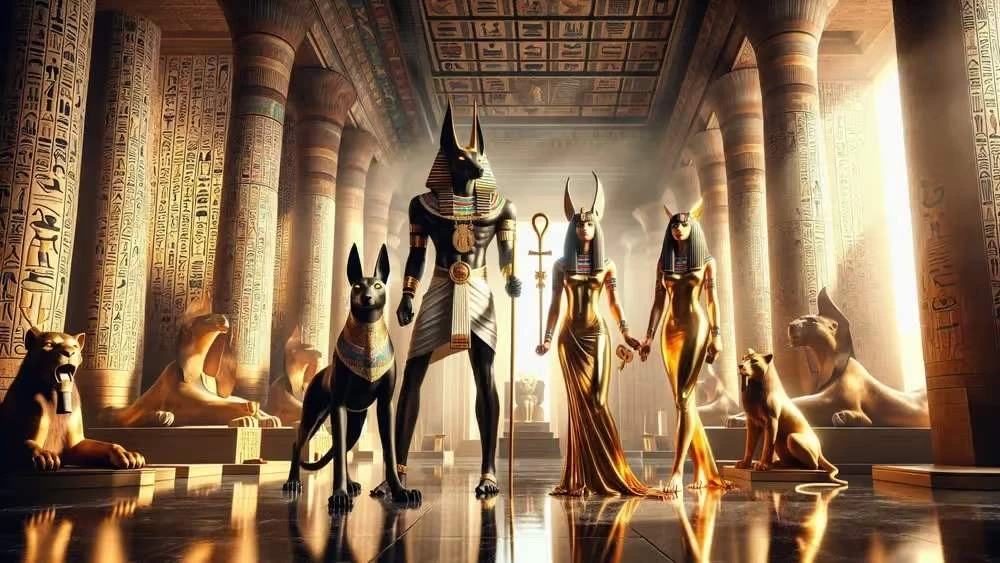
Which God Guards The Underworld In Egypt?
In the heart of ancient Egyptian mythology lies the mysterious underworld, a realm where souls journey after death. Known as the Duat, this enigmatic domain was believed to be a place of trials, judgment, and rebirth. But who stands as its guardian? The answer lies in the intricate pantheon of Egyptian gods, where two deities stand out: Anubis, the jackal-headed god of the dead, and Osiris, the god of the afterlife and resurrection.
This article delves into the roles of Anubis and Osiris, exploring their significance in Egyptian mythology, their relationship, and how they shaped the ancient Egyptians' understanding of the afterlife. We’ll also uncover the journey through the Duat, the other gods who played a part in the underworld, and how these ancient beliefs continue to influence modern culture.
Anubis: The Guardian of the Dead
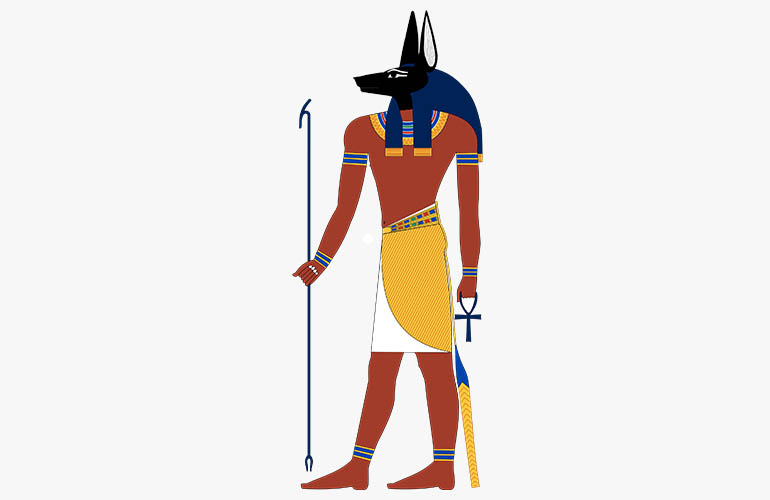
Who is Anubis?
Anubis, often depicted as a jackal or a man with a jackal’s head, is one of the most recognizable gods in Egyptian mythology. Known as the Egyptian God of the Underworld, Anubis was revered as the protector of graves and the guide of souls. His association with jackals likely stems from their presence in cemeteries, where they were seen as guardians of the dead.
Anubis’s role was crucial in the journey to the afterlife. He was responsible for ensuring that the deceased were properly prepared for their passage into the Duat. This involved the process of mummification, which Anubis was said to have invented.
Some key aspects of Anubis' identity and role include:
- Protector of tombs and graves: Anubis watched over burial sites to prevent desecration
- Patron of embalmers: He oversaw the mummification process to preserve bodies for the afterlife
- Psychopomp: Anubis guided souls through the dangerous underworld to their final judgment
- Judge of the dead: He presided over the "weighing of the heart" ceremony to determine a soul's fate
The Role of Anubis in the Weighing of the Heart
One of Anubis’s most important duties was overseeing the Weighing of the Heart ceremony. This ritual determined whether a soul was worthy of entering the afterlife. The heart of the deceased was weighed against the feather of Ma’at, the goddess of truth and justice. If the heart was lighter than the feather, the soul could proceed. If not, it was devoured by Ammit, the soul-devouring beast.
Anubis’s presence during this ceremony symbolized his role as a fair and impartial judge, ensuring that the process was carried out with precision and integrity.
Anubis as the Embalmer and Protector of Souls
Beyond his role in the Weighing of the Heart, Anubis was also known as the embalmer of the dead. He was believed to have embalmed the body of Osiris, the first mummy, setting the standard for all future mummification practices. This act not only preserved the body but also ensured the soul’s safe passage to the afterlife.
Anubis’s protective nature extended to the living as well. He was often invoked in funerary prayers and rituals to safeguard the deceased and guide them through the dangers of the Duat.
Osiris: The Judge of the Underworld
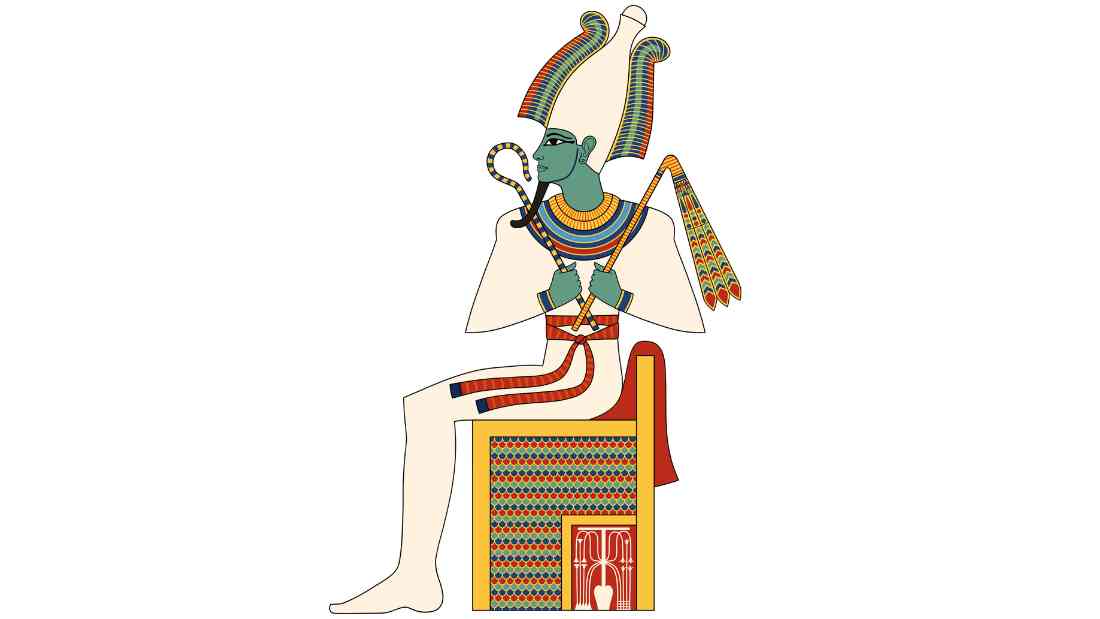
Who is Osiris?
Osiris, one of the most important gods in Egyptian mythology, was the god of the afterlife, resurrection, and fertility. Often depicted as a mummified king with a crook and flail, Osiris symbolized the cycle of life, death, and rebirth. His story is one of betrayal, murder, and resurrection, making him a central figure in Egyptian mythology.
Osiris’s Role in the Afterlife
While Anubis guided souls through the initial stages of the afterlife, Osiris presided over the final judgment. Once a soul passed the heart's weight, it would stand before Osiris, who would determine its fate. Those deemed worthy would be granted eternal life in the Field of Reeds, a paradise where they could live in peace and abundance.
Osiris’s role as the judge of the underworld emphasized his connection to justice and morality. He was seen as a benevolent ruler who rewarded the righteous and punished the wicked.
The Myth of Osiris and Isis
The story of Osiris is one of the most enduring myths in Egyptian mythology. According to legend, Osiris was murdered by his brother Set, who dismembered his body and scattered the pieces across Egypt. Osiris’s wife, Isis, with the help of Anubis, gathered the pieces and resurrected him, albeit temporarily. This act of resurrection restored Osiris and established the concept of eternal life in Egyptian belief.
Anubis vs. Osiris: Who Rules the Underworld?
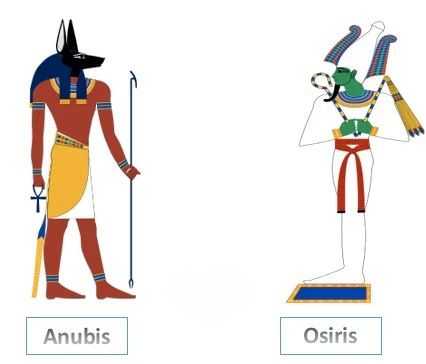
Comparing Their Roles and Responsibilities
While both Anubis and Osiris are central figures in the Egyptian underworld, their roles are distinct yet complementary. Anubis is the guardian and guide, responsible for the initial stages of the soul’s journey, including mummification and the Weighing of the Heart. Osiris, on the other hand, is the judge and ruler, overseeing the final judgment and granting access to the afterlife.
The Relationship Between Anubis and Osiris
The relationship between Anubis and Osiris is deeply intertwined. According to some myths, Anubis is the son of Osiris and Nephthys, making him a key figure in the Osiris mythos. Anubis’s role in embalming Osiris’s body further cements their connection, as it establishes the foundation for Egyptian funerary practices.
Despite their different roles, both gods are essential to the journey of the soul. Anubis ensures that the soul is prepared and protected, while Osiris provides the final judgment and reward.
Walking the Path Between Life and Death: Anubis' Roles
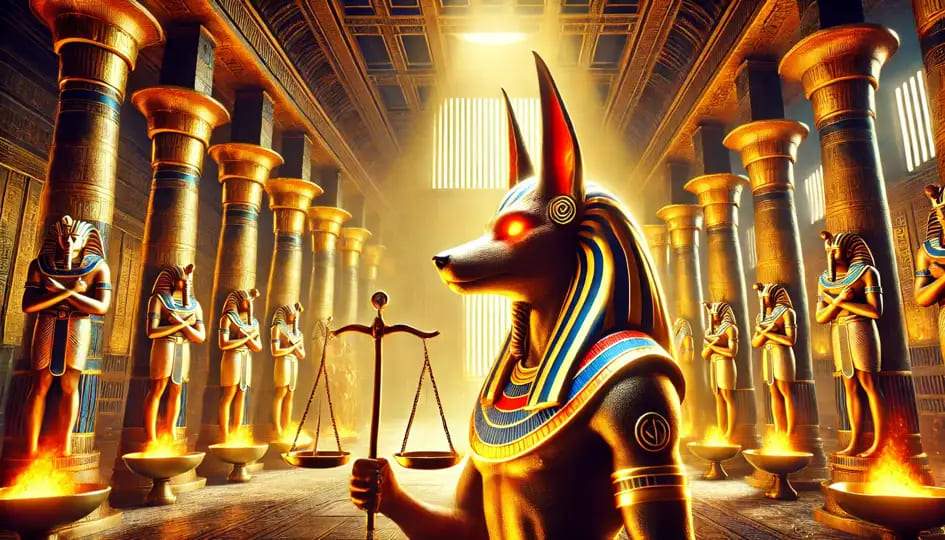
Anubis' duties as guardian of the underworld were multifaceted and evolved. Let's explore some of his key roles and responsibilities in more depth:
Guide and Protector of Souls
One of Anubis' most crucial functions was to serve as a psychopomp—a guide for souls making the perilous journey through the underworld. Ancient Egyptians believed the path to the afterlife was fraught with danger, filled with fearsome creatures and tricky obstacles that could lead an unprepared soul astray.
Anubis acted as a knowledgeable and protective escort, using his keen senses and familiarity with the underworld to steer souls safely through its twists and turns. He warded off evil spirits and monsters that might try to impede a soul's progress. For the ancient Egyptians, knowing that Anubis would be there to guide them must have provided great comfort in the face of death's uncertainties.
The Weighing of the Heart Ceremony
Perhaps Anubis' most famous role was his part in the "Weighing of the Heart" ceremony, a pivotal moment in a soul's journey through the afterlife. This ritual is vividly depicted in the Egyptian Book of the Dead and tomb paintings throughout ancient Egypt.
The ceremony unfolded as follows:
- Anubis would lead the deceased soul before Osiris and the divine tribunal
- The heart of the deceased would be weighed on a scale against the feather of Ma'at (representing truth and justice)
- Anubis would oversee the weighing, ensuring its accuracy
- If the heart balanced with the feather, the soul was deemed worthy to enter paradise
- If the heart was heavier than the feather, it would be devoured by Ammit, resulting in the soul's oblivion
This ceremony highlights Anubis' role not just as a guide but as an impartial judge and enforcer of cosmic justice. His presence ensured that only the truly virtuous would be granted eternal life in the afterlife.
Guardian of the Embalming Process
Anubis was intimately connected with the mummification and embalming practices that were so central to Egyptian funerary customs. He was considered the patron deity of embalmers, watching over their work and lending his divine protection to the process.
The god's association with jackals, scavengers known to dig up corpses, may seem at odds with this role. However, by adopting the jackal as his symbol, Anubis transformed a potential threat into a powerful protector. Under his watch, bodies would be preserved rather than consumed, ready for their eternal journey in the afterlife.
Embalmers would often wear masks depicting Anubis during their work, symbolically channeling his divine power and protection. Prayers and offerings to Anubis were an integral part of the mummification ritual, ensuring his blessings on both the deceased and those preparing the body.
Keeper of Secret Knowledge
As lord of the underworld and master of funerary rites, Anubis was believed to possess secret knowledge about death, the afterlife, and the preservation of the body and soul. This made him an important deity for magicians and those seeking esoteric wisdom.
Many spells and incantations in the Book of the Dead invoke Anubis, calling upon his power and knowledge to protect the deceased and ensure their safe passage to the afterlife. His image was used in protective amulets and magical items, believed to ward off evil and grant access to hidden truths.
Keepers of the Egyptian Underworld: A Divine Pantheon
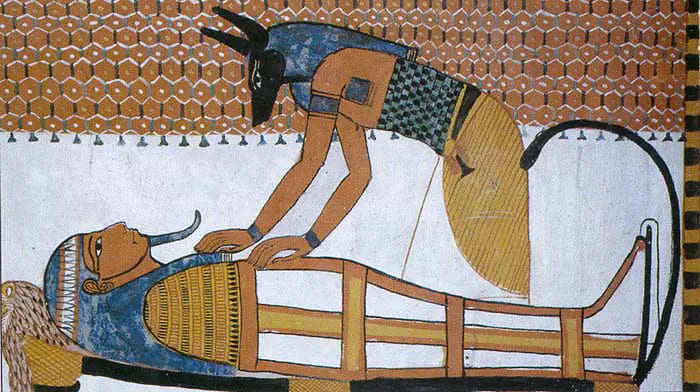
While Anubis played a central role in guarding the underworld, he was part of a larger pantheon of deities associated with death and the afterlife. Understanding these other gods helps to contextualize Anubis' place in Egyptian mythology and religion.
Osiris: Ruler of the Underworld
Osiris, often depicted as a mummified pharaoh, was the supreme ruler of the underworld and judge of the dead. His myth, involving death and resurrection, made him the perfect deity to oversee the realm of the dead and the process of rebirth into the afterlife.
Key aspects of Osiris include:
- King of the Underworld: Osiris ruled over the realm of the dead
- Judge of Souls: He made the final decision on a soul's fate after the Weighing of the Heart
- God of Resurrection: His rebirth symbolized the potential for eternal life
- Fertility Deity: Associated with the life-giving floods of the Nile
Osiris and Anubis worked closely together in Egyptian mythology. While Osiris ruled the underworld, Anubis managed its day-to-day operations and served as its guardian and gatekeeper.
Ma'at: Goddess of Truth and Justice
Ma'at personified the concepts of truth, balance, order, harmony, and justice. Her feather was used in the weighing of the heart ceremony, serving as the measure against which a soul's virtue was judged.
Ma'at's influence extended beyond just the afterlife:
- Cosmic Order: She represented the fundamental order and balance of the universe
- Royal Authority: Pharaohs were said to rule by Ma'at's principles
- Ethical Living: Following Ma'at's precepts was key to a virtuous life and favorable judgment after death
In the context of the underworld, Ma'at worked alongside Anubis and Osiris to ensure that cosmic justice was maintained and that souls were judged fairly.
Thoth: God of Wisdom and Writing
Thoth, typically depicted with the head of an ibis, was the god of wisdom, writing, and record-keeping. In the underworld, he played a crucial role in the judgment of the dead.
- Record Keeper: Thoth recorded the results of the Weighing of the Heart ceremony
- Divine Scribe: He documented the lives and deeds of the deceased
- Mediator: Sometimes portrayed as advocating on behalf of the deceased during judgment
Thoth's meticulous record-keeping complemented Anubis' role as overseer of the judgment process, ensuring that each soul's fate was properly documented.
Ammit: The Devourer of Souls
Ammit, a fearsome creature with the head of a crocodile, the body of a lion, and the hindquarters of a hippopotamus played a terrifying role in the afterlife.
- Destroyer of the Unworthy: Ammit devoured the hearts of those who failed the Weighing of the Heart
- The personification of Divine Retribution: Her presence emphasized the consequences of an unvirtuous life
- Guardian of Cosmic Order: By destroying evil souls, Ammit helped maintain ma'at's balance
While not a deity in the traditional sense, Ammit worked alongside Anubis in the judgment process, serving as the ultimate enforcer of divine justice.
The Soul's Perilous Journey Through the Duat
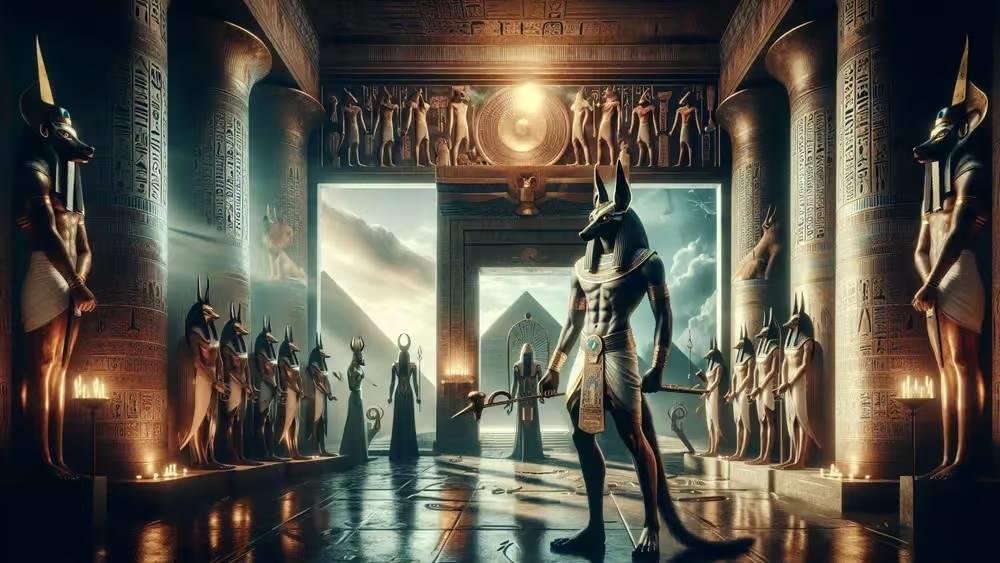
The ancient Egyptians believed that the journey through the underworld (known as the Duat) was a perilous and complex process. Understanding this journey helps to illuminate the crucial role that Anubis played as a guide and protector of souls.
The Weighing of the Heart: A Pivotal Ceremony
The Weighing of the Heart ceremony was the climax of a soul's journey through the underworld. This pivotal moment would determine whether the deceased would achieve eternal life or face oblivion. The ceremony unfolded in several stages:
- Presentation of the Deceased: Anubis would lead the soul before Osiris and the divine tribunal
- Negative Confession: The deceased would recite a list of sins they had not committed in life
- Weighing the Heart: Anubis would place the heart on a scale, balanced against Ma'at's feather
- Judgment: Thoth would record the outcome, and Osiris would make the final pronouncement
- Reward or Punishment: Worthy souls would proceed to paradise; unworthy hearts were devoured by Ammit
This ceremony highlights the interplay between various underworld deities and emphasizes Anubis' central role in the process of divine judgment.
The Twelve Gates of the Underworld
Before reaching the Hall of Judgment for the Weighing of the Heart, souls had to navigate through twelve gates, each guarded by fearsome entities. This journey is described in detail in the Book of Gates, an important ancient Egyptian funerary text.
Each gate presented unique challenges:
|
Gate |
Guardian |
Challenge |
|
1 |
"He who cleans the sky" |
Magical knowledge required to pass |
|
2 |
"Swallower of sinners" |
Test of character and virtue |
|
3 |
"The one who eats the putrefaction" |
Facing one's mortality |
|
4 |
"The one with the terrifying face." |
Overcoming fear |
|
5 |
"The one in the tomb" |
Navigating the depths of the underworld |
|
6 |
"The one who roars" |
Withstanding divine judgment |
|
7 |
"The one who repels snakes." |
Overcoming evil and temptation |
|
8 |
"The one who is over the pit." |
Facing the abyss |
|
9 |
"The one in the darkness." |
Finding light in the depths |
|
10 |
"The one who raises his voice." |
Harmonizing with divine will |
|
11 |
"The one who praises" |
Aligning with cosmic order |
|
12 |
"The one who speaks the truth." |
The final test of worthiness |
Anubis played a crucial role in guiding souls through these gates, lending his knowledge and protection to help the deceased overcome each challenge.
Navigating the Dangers of the Duat
Beyond the twelve gates, the Duat was filled with other dangers and obstacles that souls had to navigate:
- Lake of Fire: A body of water that purified worthy souls but destroyed the wicked
- Fields of Reeds: A paradise-like realm that souls had to prove worthy of entering
- Apep (Apophis): A giant serpent that attempted to devour the sun god Ra each night, threatening cosmic order
Throughout these trials, Anubis served as a knowledgeable guide and protector, helping souls to avoid pitfalls and overcome challenges. His intimate knowledge of the underworld's geography and inhabitants made him an invaluable ally for the deceased.
The Final Judgment and Entry into Paradise
For souls that successfully navigated the perils of the duat and passed the Weighing of the Heart, the ultimate reward awaited: entry into the Field of Reeds (Aaru), the Egyptian concept of paradise.
The Field of Reeds was envisioned as:
- An idealized version of earthly life
- A place of eternal abundance and peace
- A realm where the deceased could reunite with loved ones
- A domain where souls could serve and interact with the gods
Anubis' role didn't end with guiding souls to judgment. He also helped worthy souls transition into their new existence in the Field of Reeds, ensuring their successful integration into the eternal afterlife.
Sacred Emblems and Artistic Embodiments
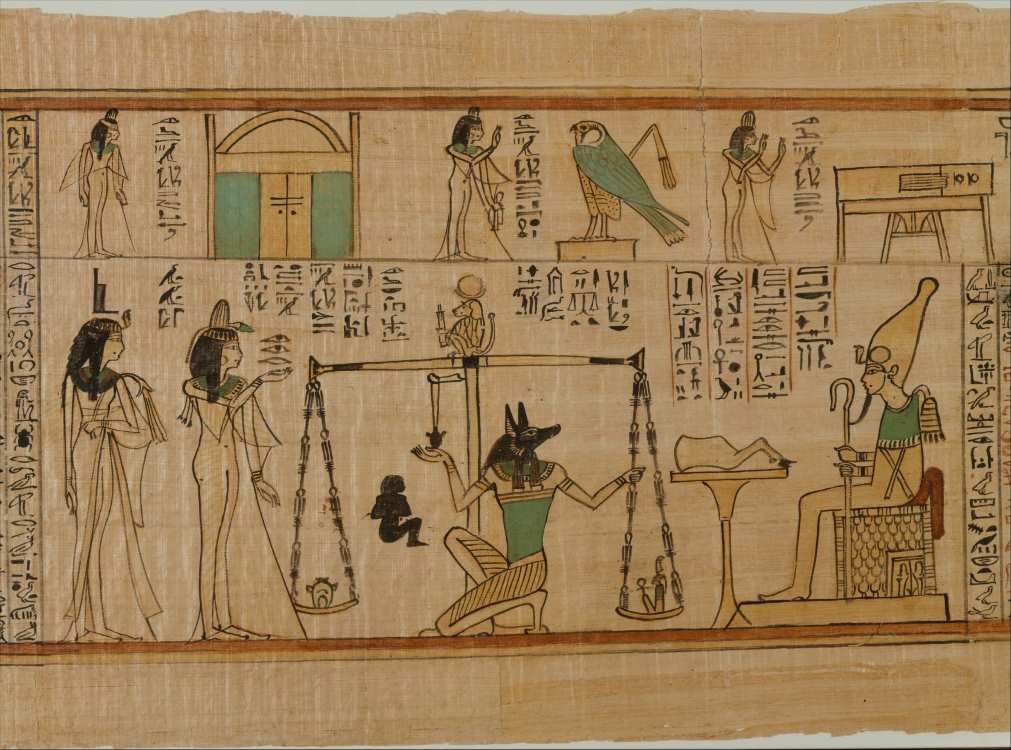
Anubis' importance in Egyptian religion and mythology is reflected in the rich symbolism and artistic representations associated with him. These visual elements provide insight into the god's nature and roles.
Symbols Associated with Anubis
Several key symbols and objects were closely linked with Anubis:
- Ankh: The symbol of life, representing Anubis' power over death and rebirth
- Was Scepter: A staff symbolizing power and dominion, often held by Anubis
- Flail: Associated with Osiris but sometimes held by Anubis, representing divine authority
- Scales: Used in the Weighing of the Heart ceremony, symbolizing judgment and justice
- Mummy Wrappings: Reflecting Anubis' role in mummification and preservation of the dead
These symbols appeared not only in depictions of Anubis but also on amulets, tomb paintings, and funerary objects, reinforcing the god's protective and judging roles.
Depictions in Tomb Art and Temple Carvings
Anubis featured prominently in Egyptian funerary art, appearing in various contexts:
- Embalming Scenes: Overseeing the mummification process
- Weighing of the Heart: Presiding over the pivotal judgment ceremony
- Guarding Tombs: Standing watch over the deceased's resting place
- Guiding Souls: Leading the dead through the perils of the underworld
These artistic representations served both decorative and functional purposes, believed to magically activate Anubis' protection and guidance in the afterlife.
Rituals and Offerings Honoring Anubis
Worship of Anubis involved various rituals and offerings designed to gain his favor and protection:
- Mummification Rites: Prayers and offerings to Anubis during the embalming process
- Funerary Offerings: Food, drink, and precious objects left in tombs to please Anubis
- Amulets and Talismans: Worn by both the living and the dead for Anubis' protection
- Temple Rituals: Regular offerings and ceremonies in temples dedicated to Anubis
These practices underscore the god's importance in both daily life and in preparations for the afterlife.
Anubis in Funerary Objects
Anubis' image adorned many objects associated with death and burial:
- Canopic Jars: Containers for preserved organs, often featuring Anubis
- Sarcophagi: Anubis often appeared on coffins, guarding the deceased
- Funerary Masks: Some masks incorporated jackal imagery, invoking Anubis' protection
- Ushabti Figurines: Small statues meant to serve the deceased, sometimes depicting Anubis
These objects provide a wealth of information about how the ancient Egyptians envisioned Anubis and his role in the afterlife.
Shifting Tides: Anubis' Evolving Role Through the Ages
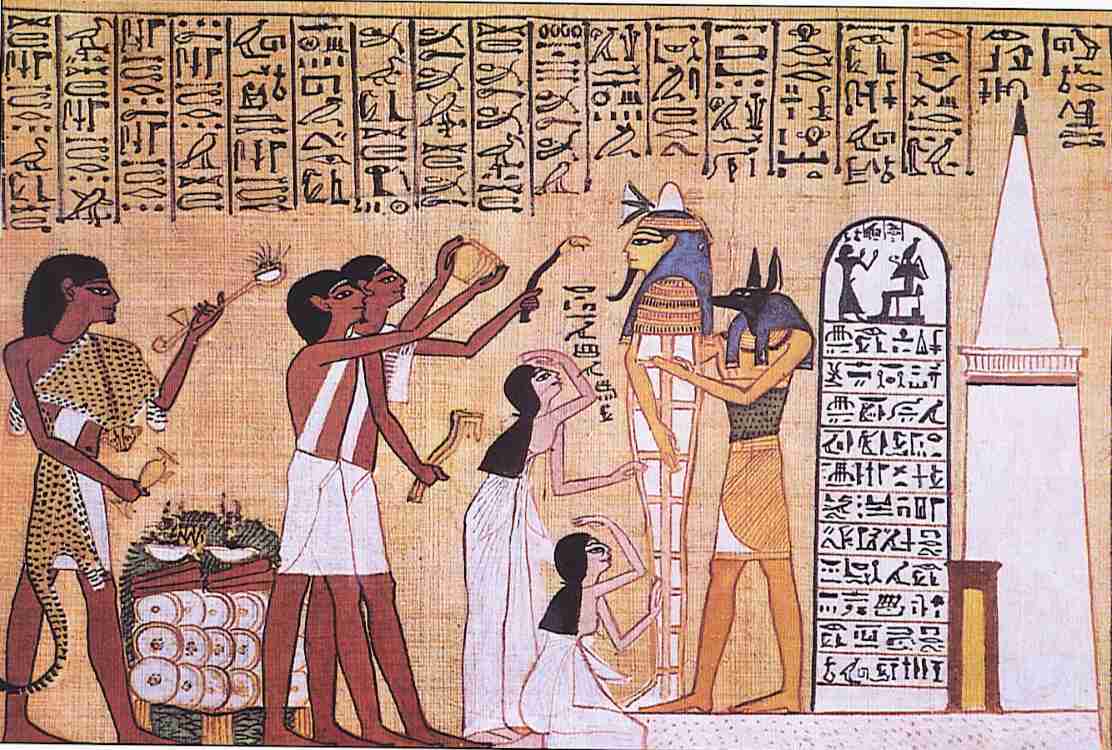
The worship of Anubis and his position in the Egyptian pantheon evolved significantly throughout ancient Egyptian history. Understanding these changes provides insight into the development of Egyptian religious thought and the enduring importance of Anubis.
Old Kingdom: Primary Deity of the Dead
During the Old Kingdom period (c. 2686–2181 BCE), Anubis held a preeminent position as the god of the dead. Key aspects of his role during this time included:
- Lord of the Necropolis: Primary deity associated with burial sites and the afterlife
- Sole Judge of the Dead: Presided over judgment before Osiris rose to prominence
- Patron of Mummification: Oversaw all aspects of preparing the body for eternal life
Anubis' singular importance during this period is reflected in the abundance of Old Kingdom funerary texts and tomb inscriptions invoking his name and protection.
Middle Kingdom: Transition and Shared Duties
The Middle Kingdom (c. 2055-1650 BCE) saw a shift in the religious landscape, with Osiris rising to greater prominence. This led to changes in Anubis' role:
- Assistant to Osiris: Became the gatekeeper and guide to Osiris' realm
- Weighing of the Heart: Took on the role of overseeing this crucial judgment ceremony
- Protector of the Dead: Maintained his function as guardian of tombs and cemeteries
This period saw Anubis and Osiris often depicted together, highlighting their complementary roles in the afterlife.
New Kingdom: Expanded Responsibilities
During the New Kingdom (c. 1550-1070 BCE), Anubis' role continued to evolve:
- Guardian of the Scales: Emphasized role in the Weighing of the Heart ceremony
- Psychopomp: Greater focus on guiding souls through the underworld
- Magical Protector: Increased use of Anubis in protective spells and amulets
The New Kingdom also saw an expansion of Anubis' mythology, with new stories and associations being developed.
Late Period and Greco-Roman Era: Syncretism and Continuation
In the later periods of ancient Egyptian history, including the Ptolemaic and Roman eras, Anubis remained an important deity.
- Syncretism with Greek Gods: Identification with Hermes led to the composite deity Hermanubis
- Continued Funerary Role: Maintained importance in mummification and burial practices
- Spread Beyond Egypt: Anubis worship extended into the wider Greco-Roman world
Even as Egyptian religion changed under foreign influence, Anubis' core functions as a funerary god and psychopomp remained largely intact.
The Jackal God's Immortal Legacy: Cultural Continuity
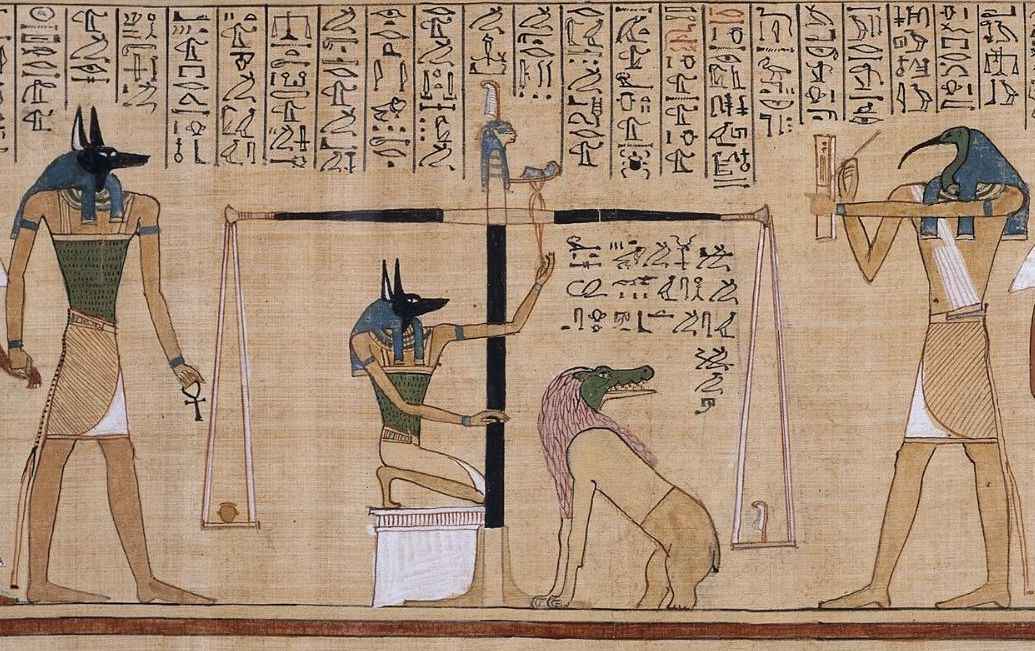
The influence of Anubis extended far beyond the boundaries of ancient Egypt, leaving an indelible mark on various cultures and continuing to captivate the imagination of people around the world today.
Influence on Greek and Roman Mythologies
As the ancient world became more interconnected, Anubis found his way into Greek and Roman religious thought.
- Hermanubis: A syncretic deity combining aspects of Hermes and Anubis
- Cerberus: Possible influence on the Greek three-headed guard dog of the underworld
- Roman Funerary Practices: Adoption of Anubis imagery in some Roman burial contexts
These cultural exchanges demonstrate the enduring power of Anubis' symbolism and his ability to resonate across different belief systems.
Portrayals in Modern Media
Anubis continues to be a popular figure in contemporary culture, appearing in various forms of media:
- Literature: Featured in novels exploring Egyptian mythology or the afterlife
- Film and Television: Often depicted in movies and shows about ancient Egypt or mythology
- Video Games: Appears as a character or theme in numerous games, especially those with historical or mythological settings
- Comic Books: Featured in various graphic novels and comics, often as a powerful and mysterious figure
These modern portrayals, while not always historically accurate, speak to the enduring fascination with Anubis and his role as a guardian of the afterlife.
Impact on Contemporary Beliefs and Symbolism
Elements of Anubis' imagery and symbolism continue to resonate in various contemporary contexts:
- Gothic and Alternative Subcultures: Adoption of Anubis imagery in fashion and art
- New Age and Neopagan Movements: Incorporation of Anubis in modern spiritual practices
- Funerary Symbolism: Continued use of jackal or dog imagery in some funeral contexts
- Tattoo Art: A popular subject for tattoos, often symbolizing protection or guidance
These modern adaptations demonstrate how ancient symbols can find new meaning and relevance in contemporary culture.
Anubis in Archaeological and Museum Contexts
The study and display of ancient Egyptian artifacts keep Anubis in the public eye.
- Museum Exhibitions: Prominent feature in displays of Egyptian funerary art
- Archaeological Discoveries: Continued interest in findings related to Anubis and Egyptian burial practices
- Educational Programs: Often used as a focal point for teaching about ancient Egyptian religion and culture
- Conservation Efforts: Ongoing work to preserve ancient depictions and artifacts related to Anubis
These scholarly and curatorial activities ensure that Anubis remains a subject of study and fascination for new generations.
Conclusion
Anubis, the jackal-headed god of ancient Egypt, stands as one of the most enduring and iconic figures in world mythology. As the guardian of the underworld and protector of the dead, he played a crucial role in the religious and funerary practices of one of the world's greatest ancient civilizations.
From his origins in the Early Dynastic Period to his continued presence in modern popular culture, Anubis has captured the imagination of people for thousands of years. His multifaceted roles as an embalmer, guide, judge, and protector speak to the complex ancient Egyptian understanding of death and the afterlife.
The evolution of Anubis' role throughout ancient Egyptian history reflects the dynamic nature of religious thought and practice in the ancient world. Even as his specific functions changed, his core identity as a psychopomp and guardian of the dead remained constant, testifying to the fundamental importance of these concepts in Egyptian spirituality.
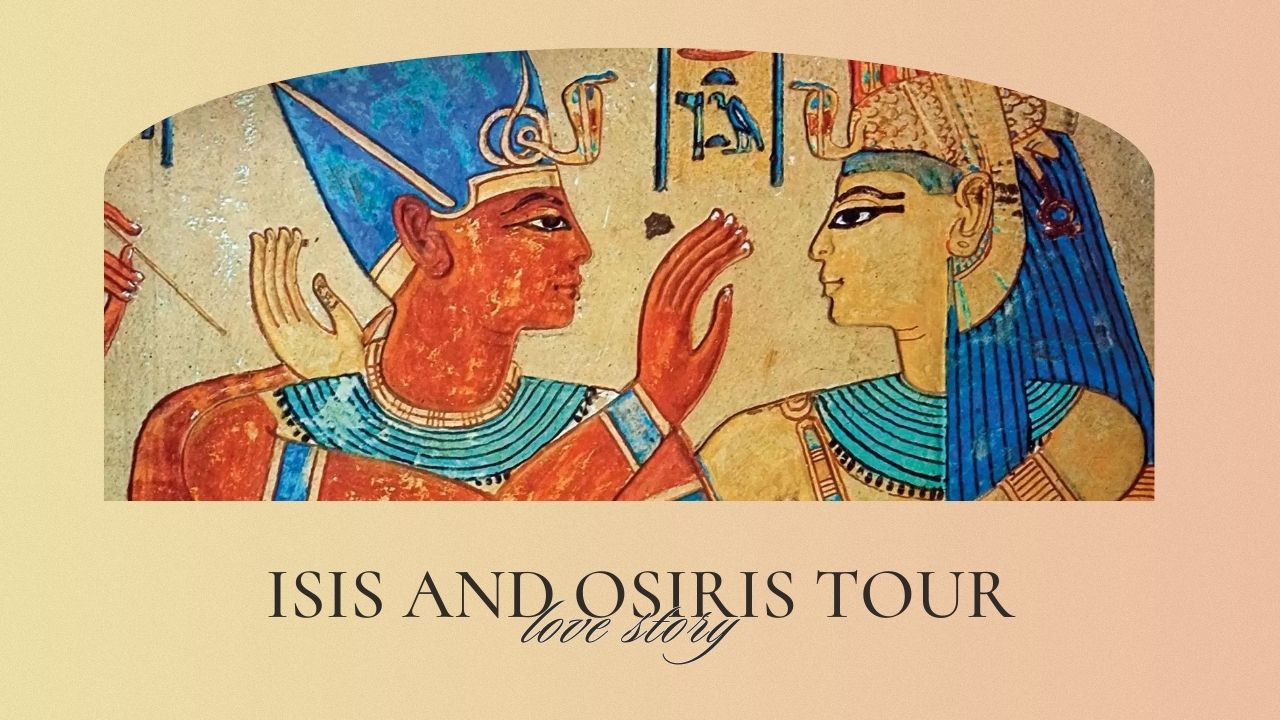
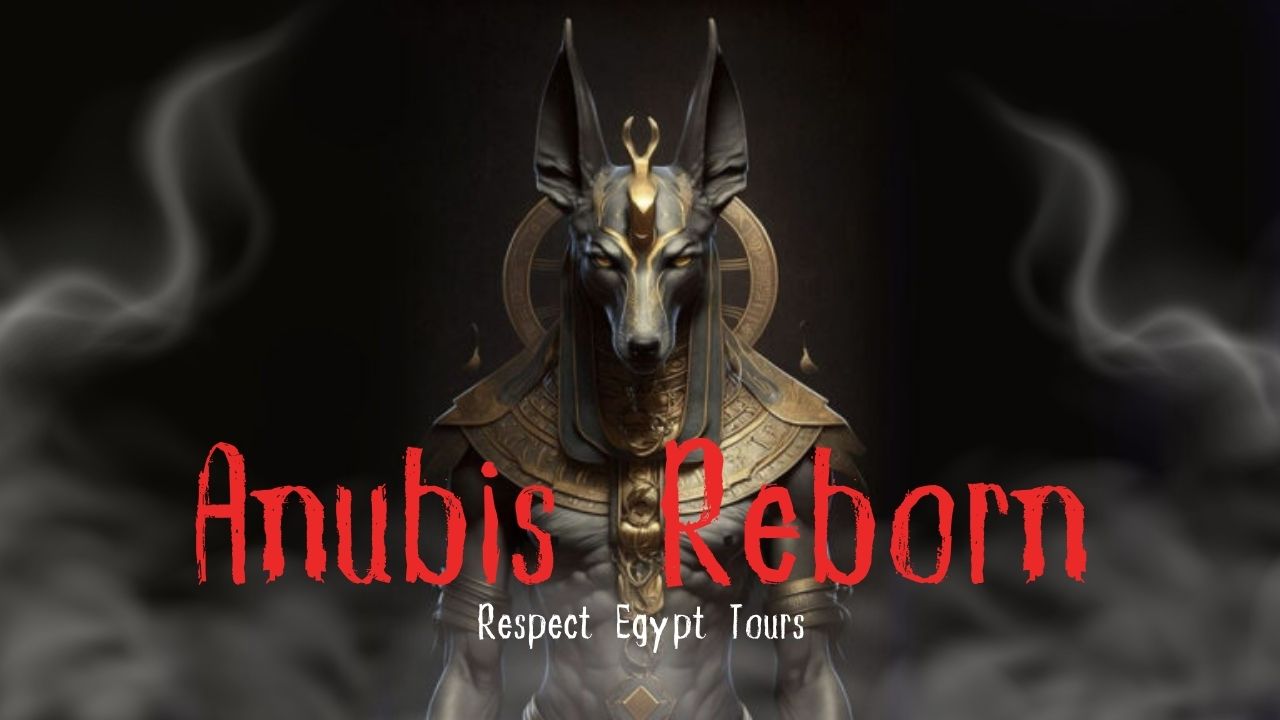







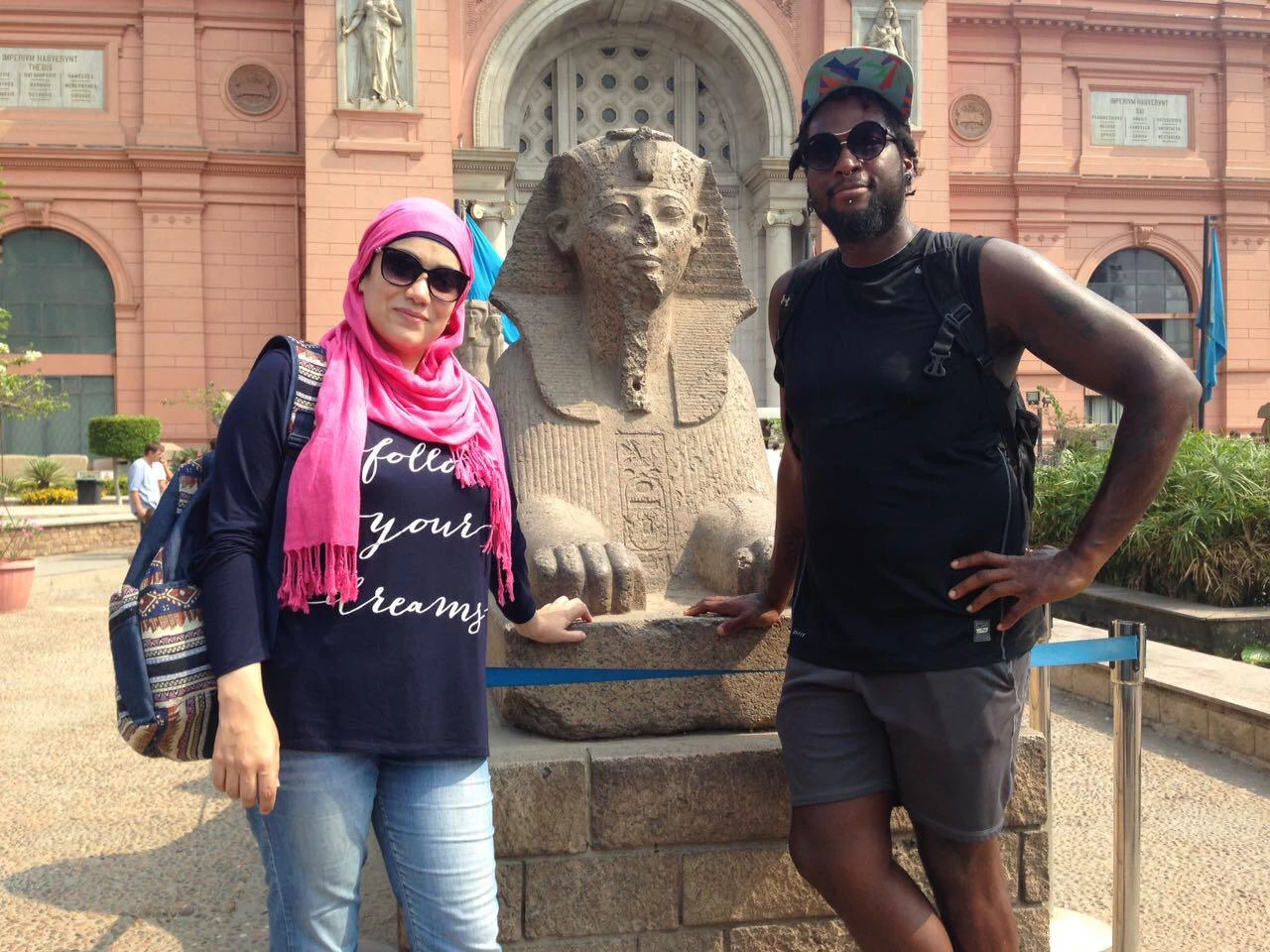
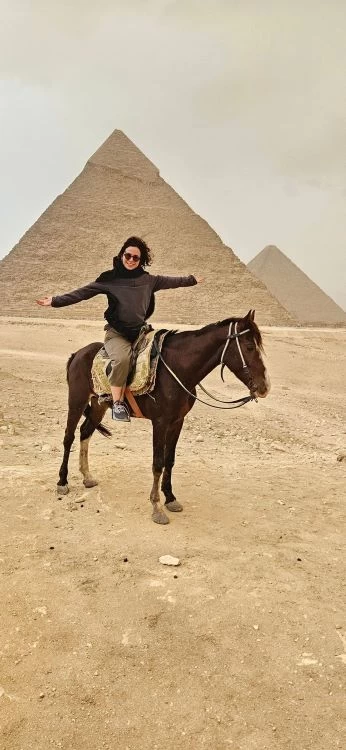
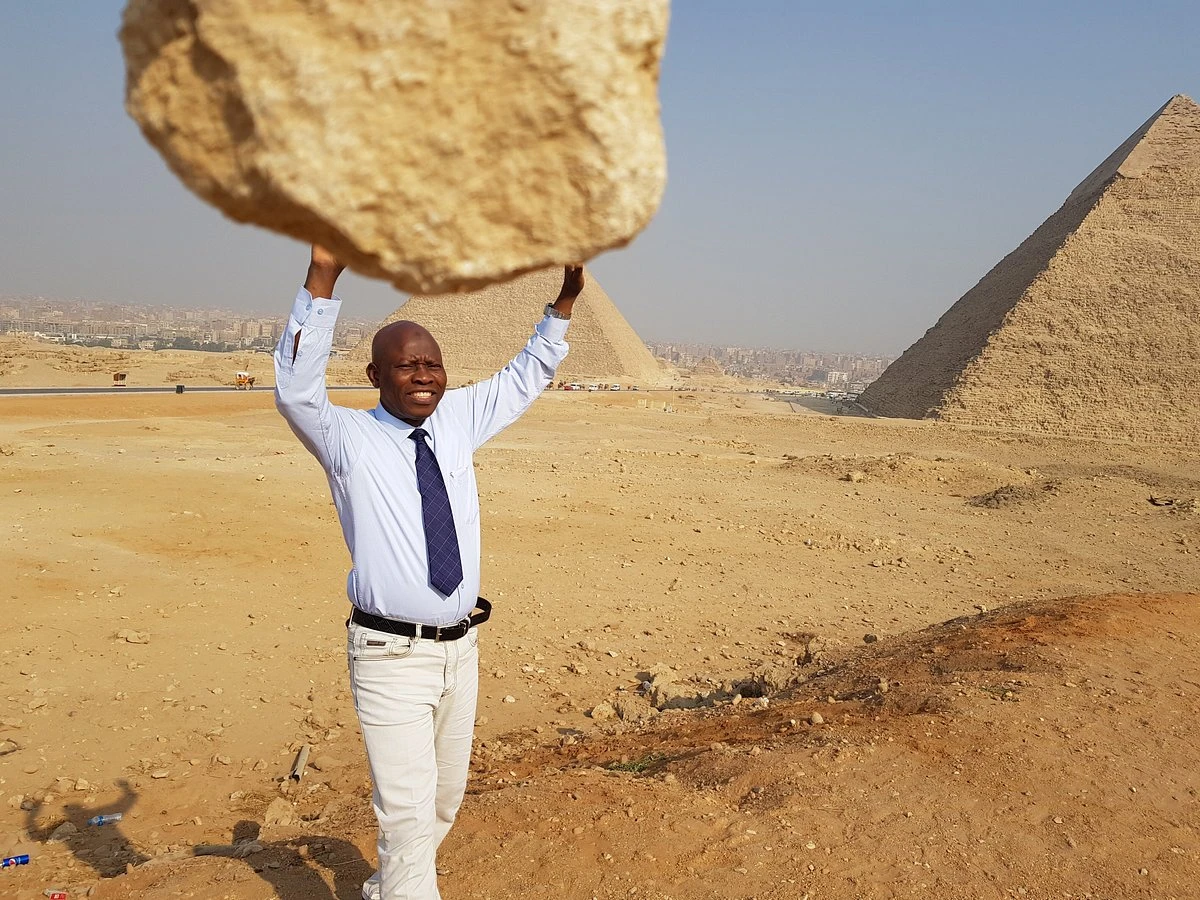
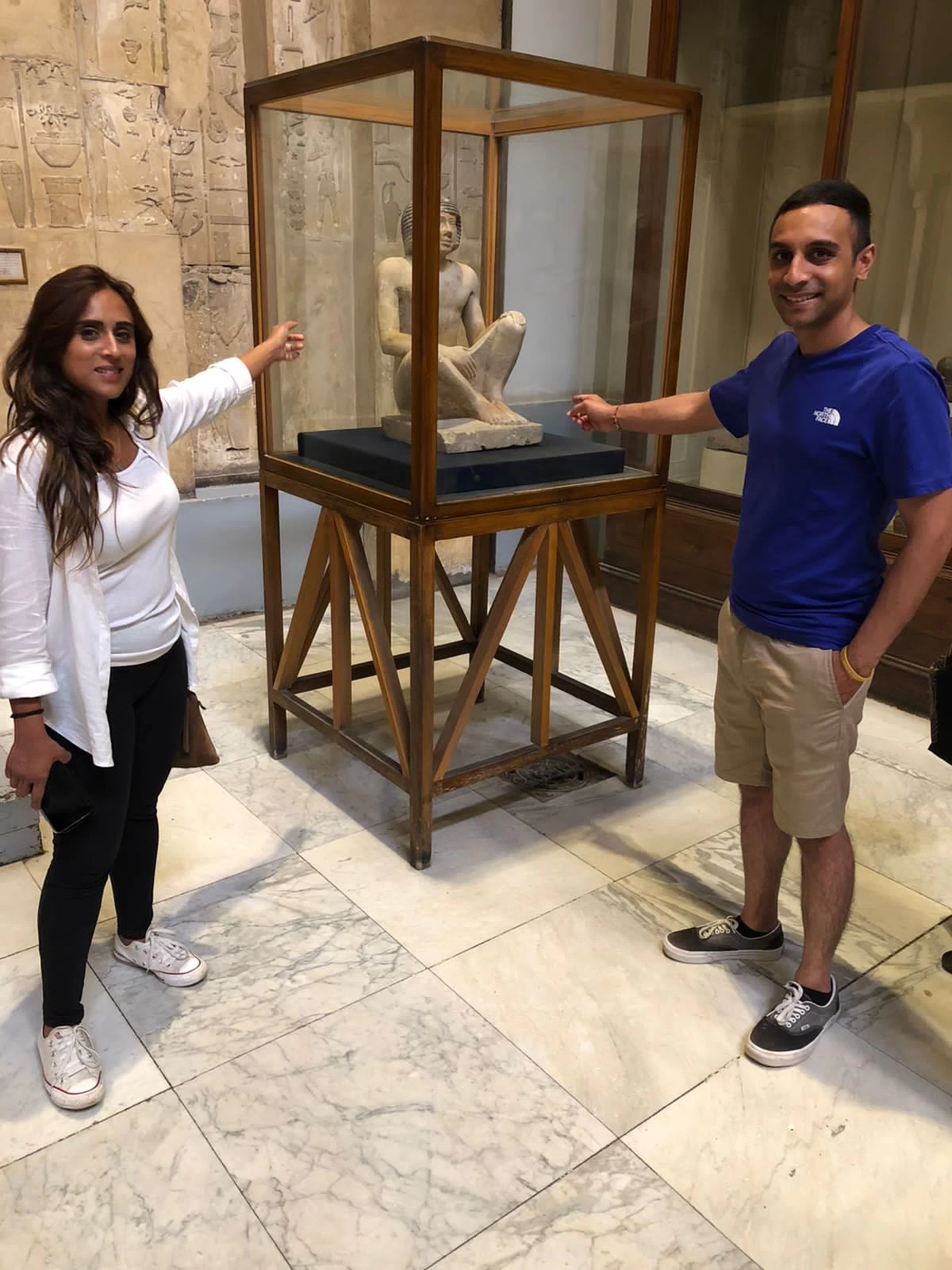

-webp.webp)

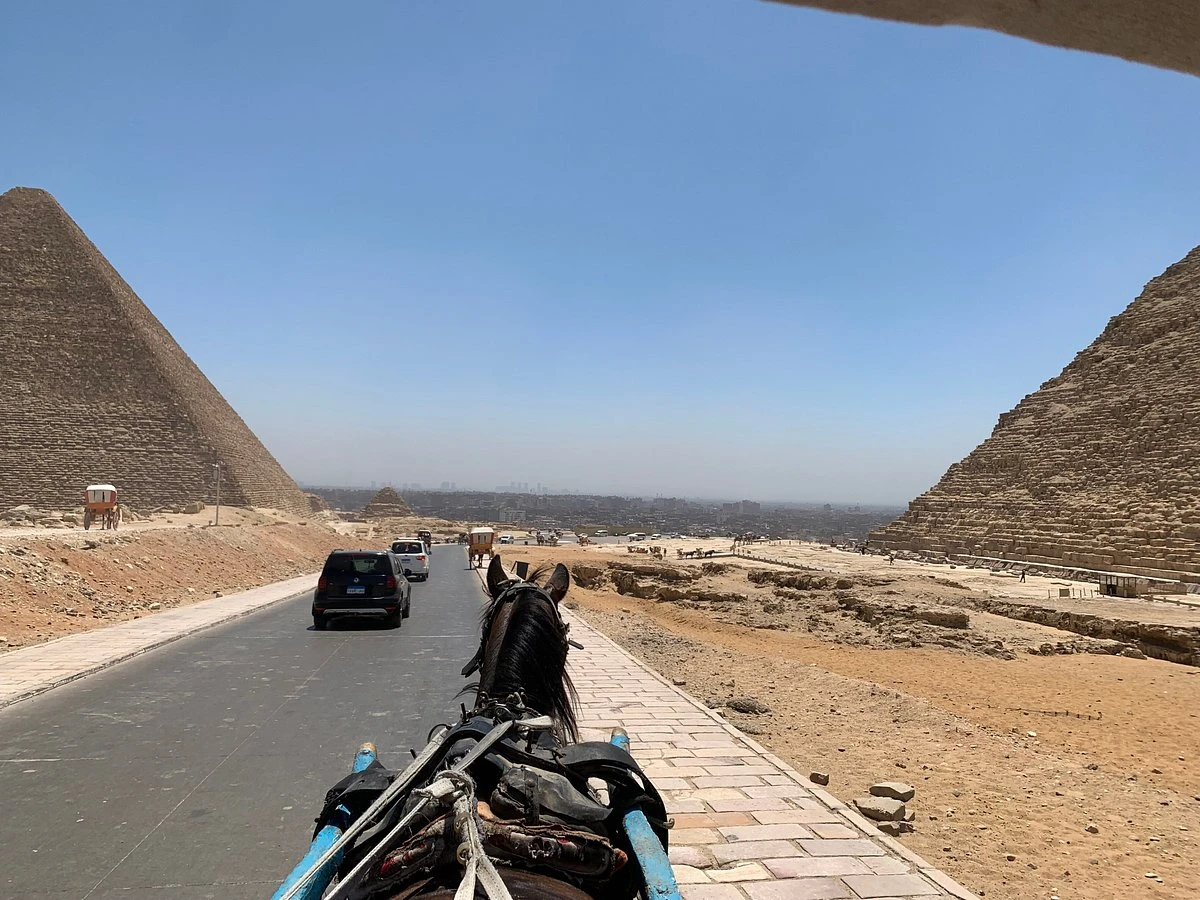
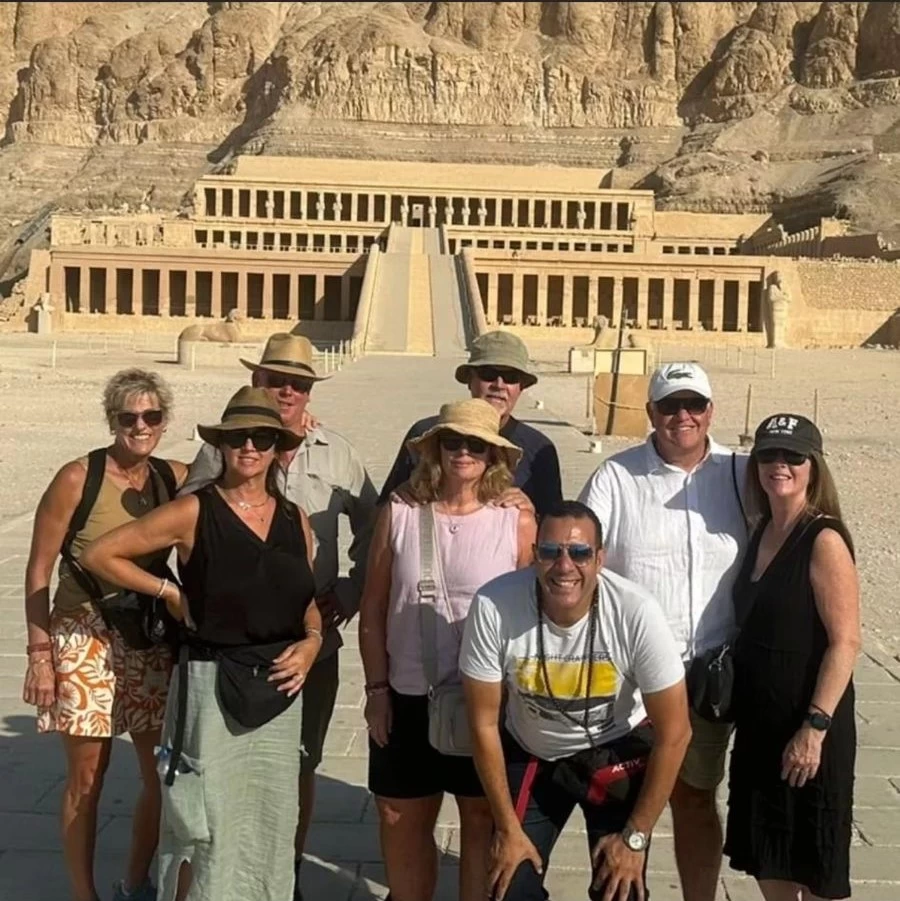
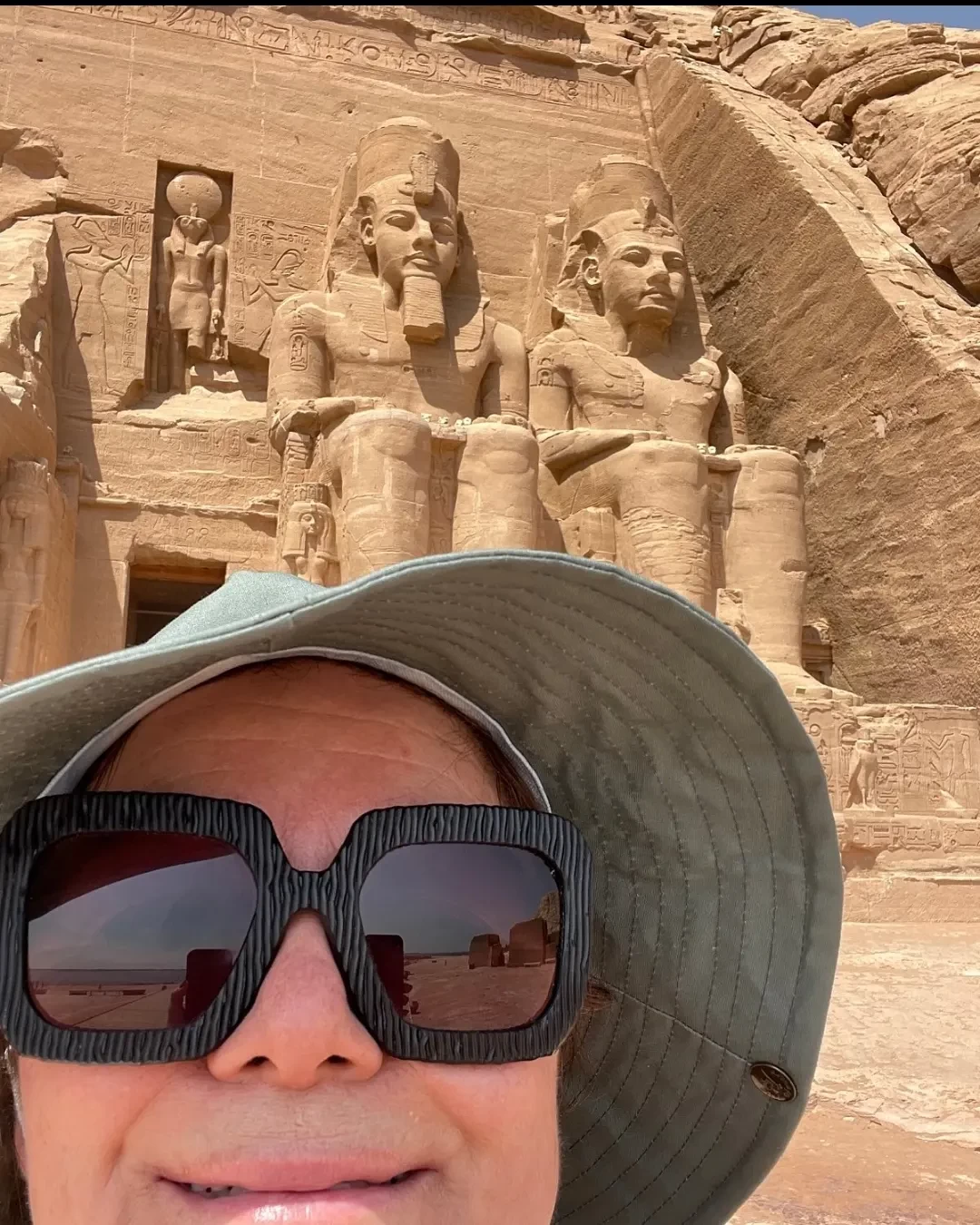
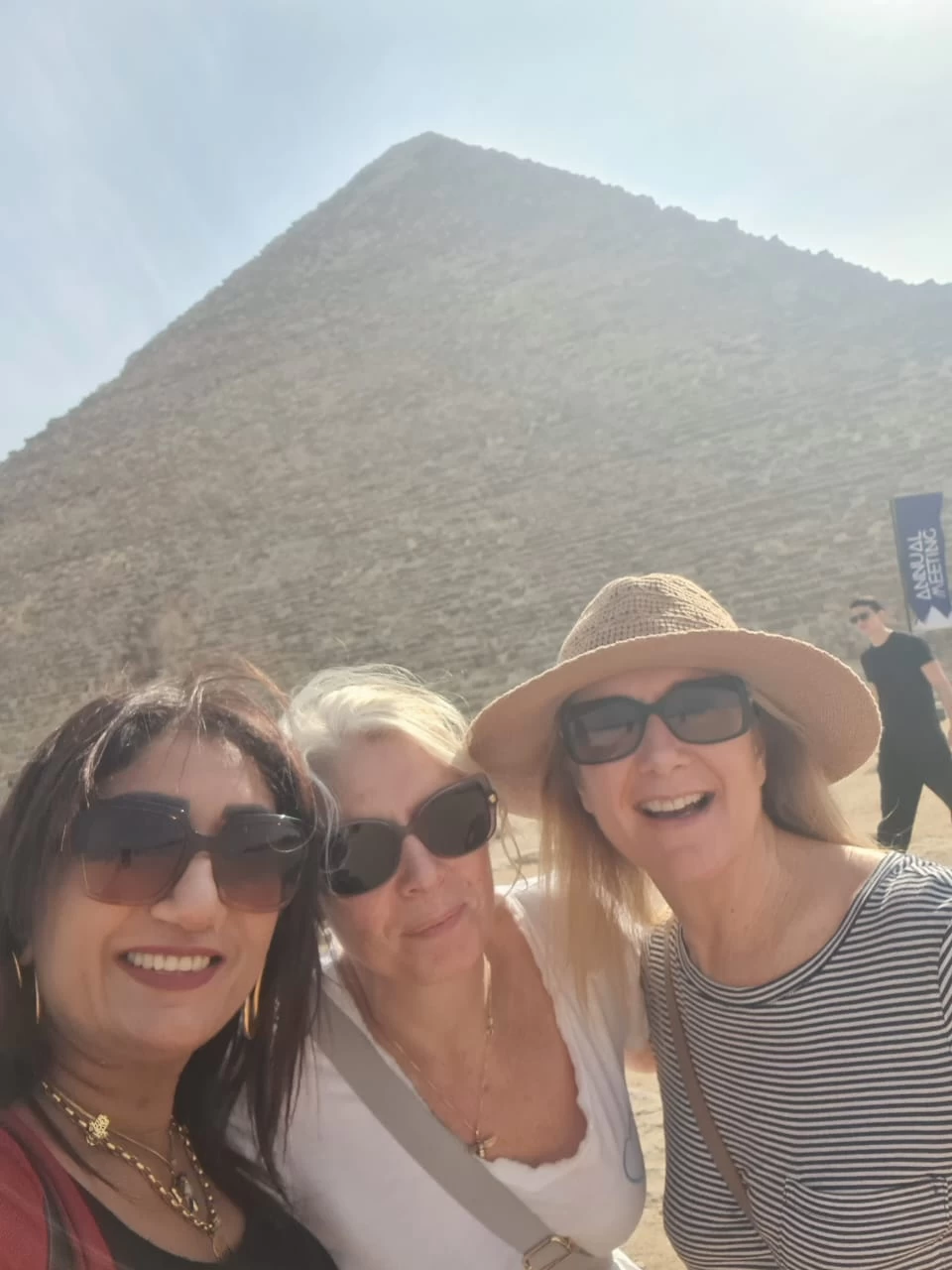
-webp.webp)

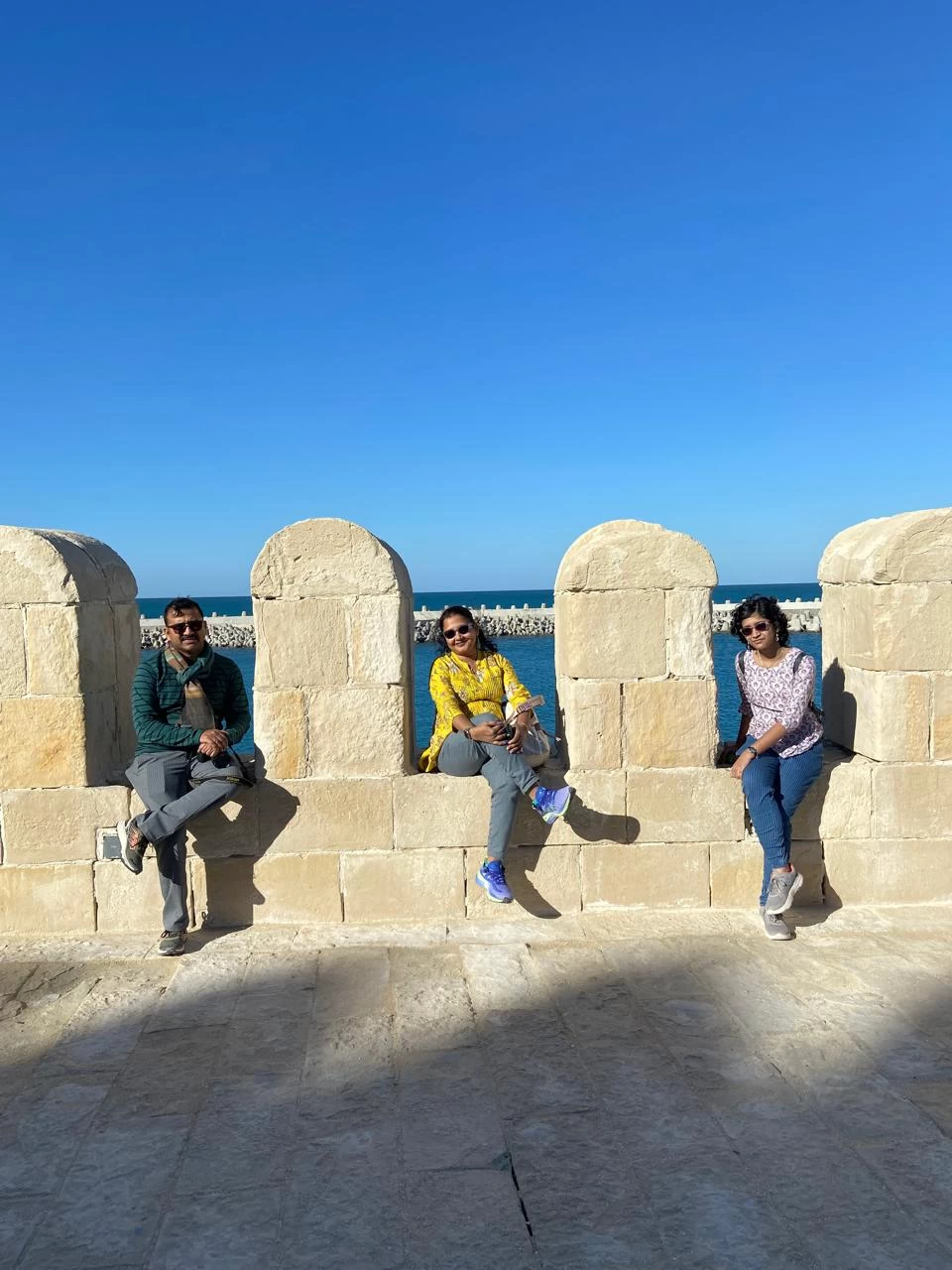
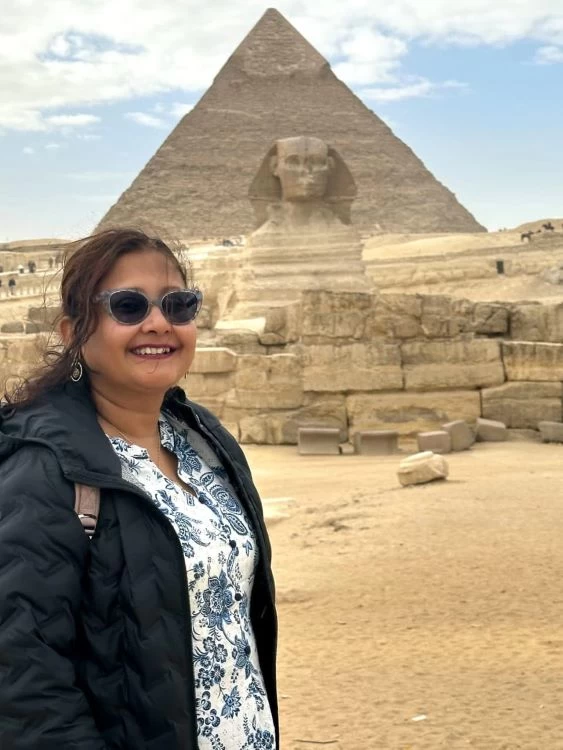
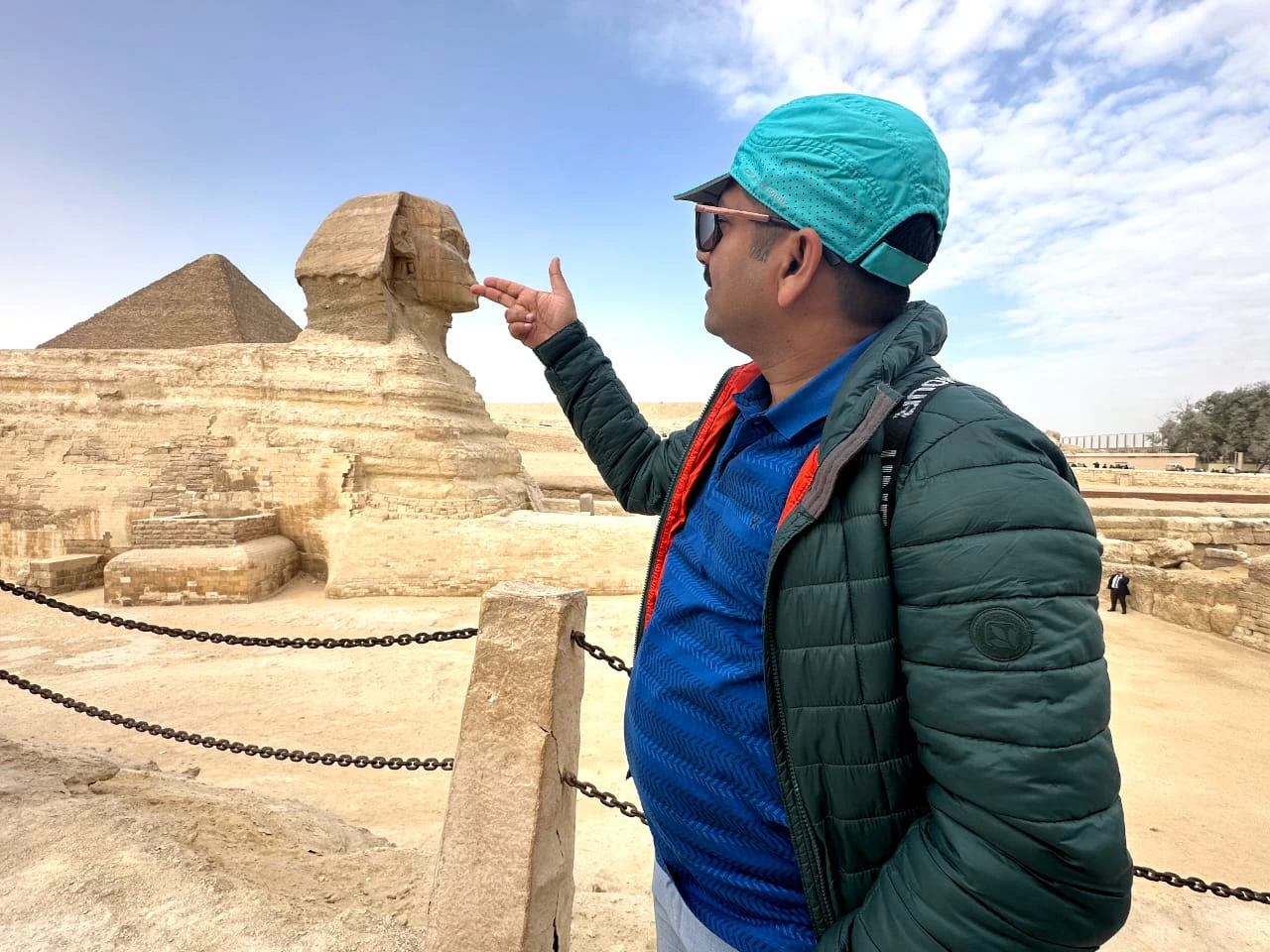
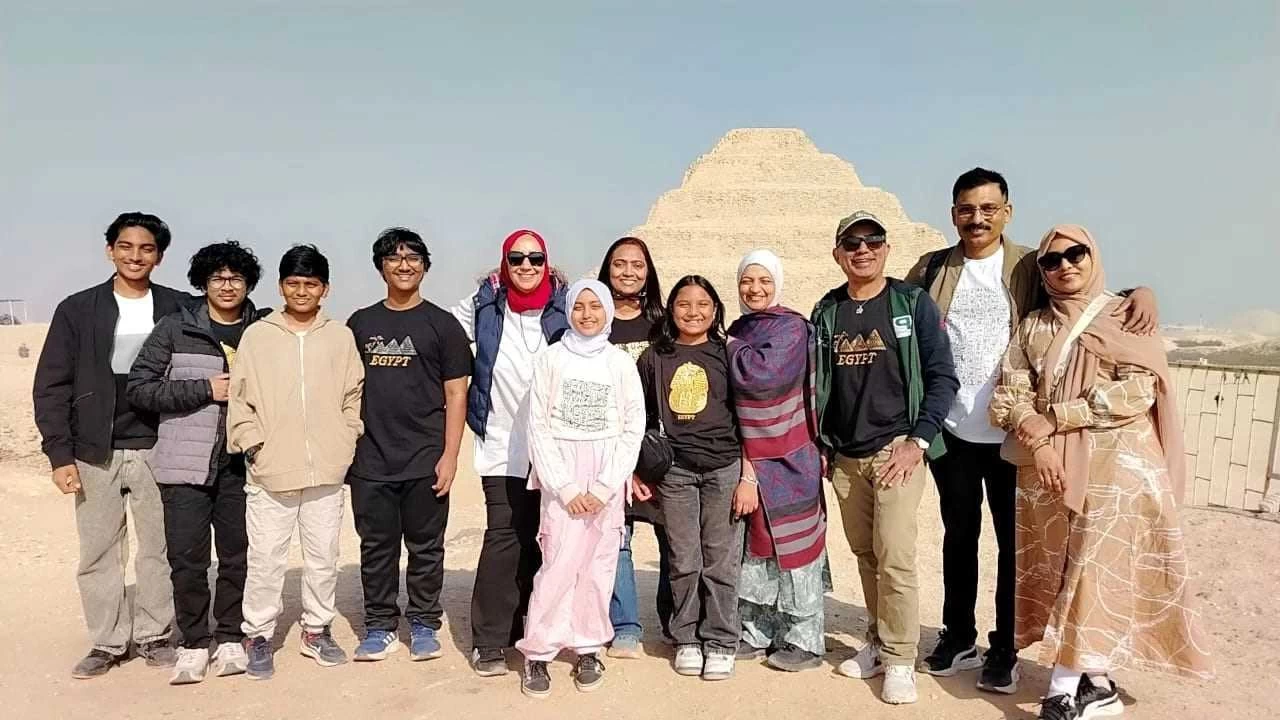
-webp.webp)
-webp.webp)
-webp.webp)
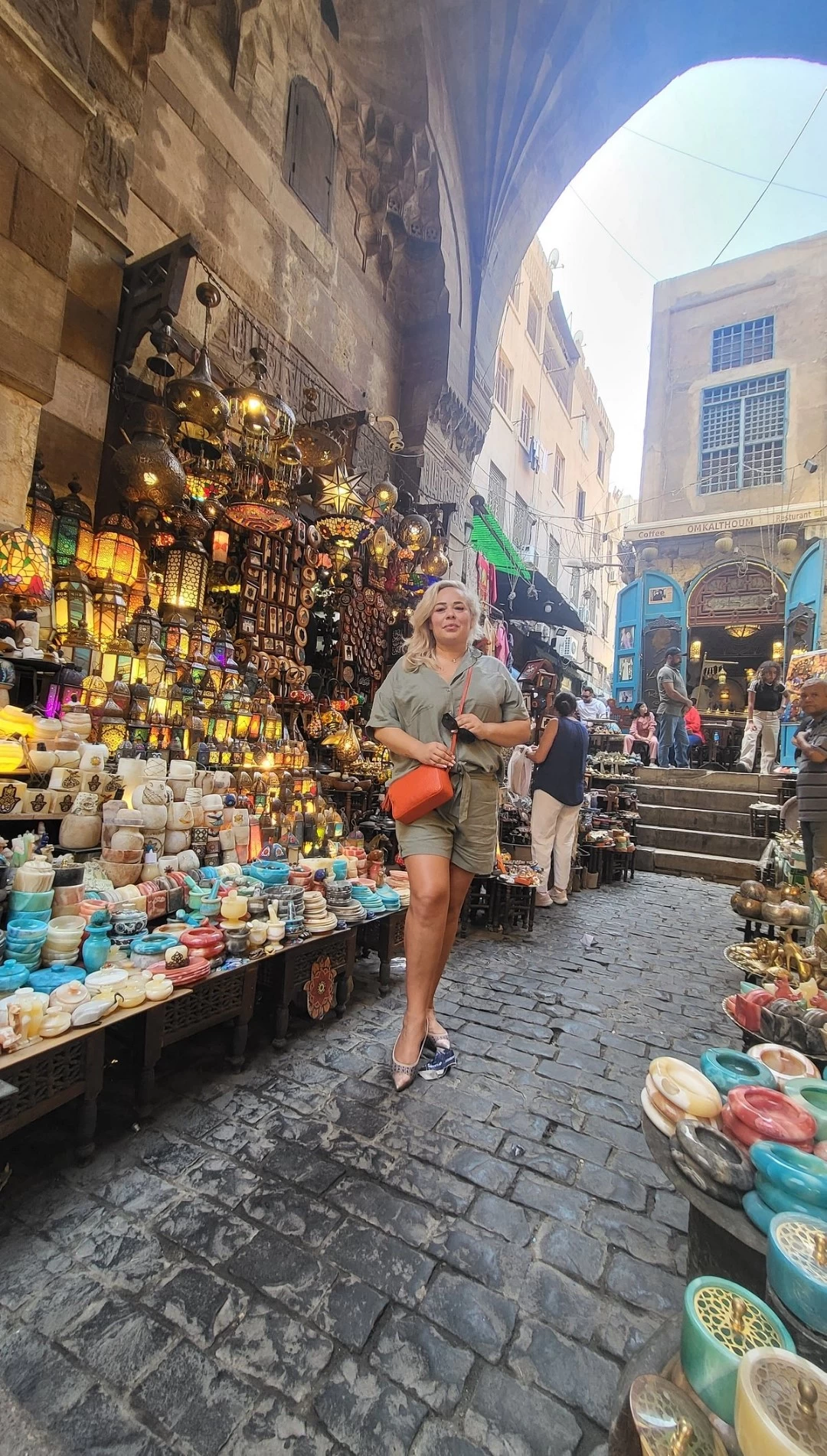
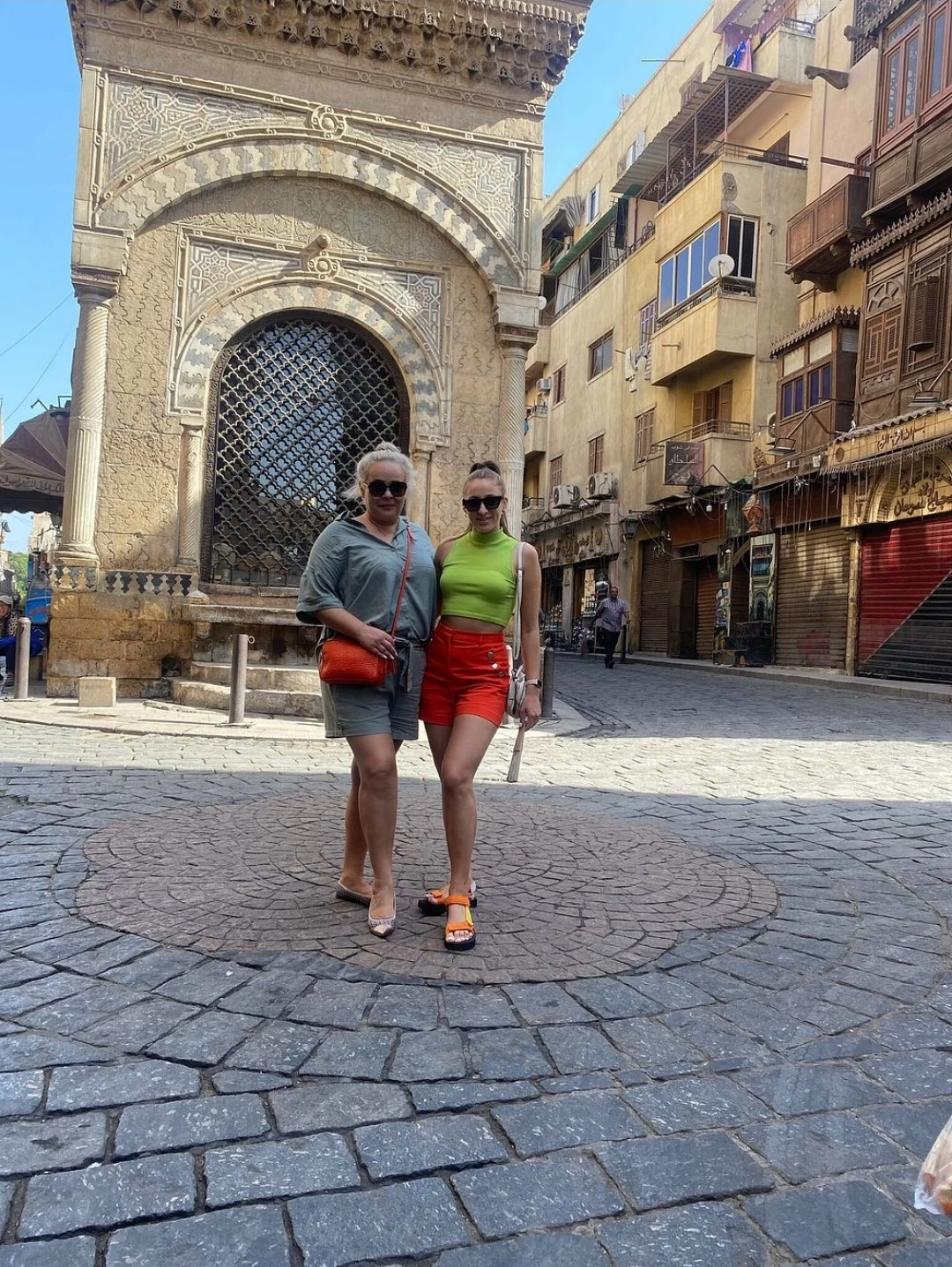

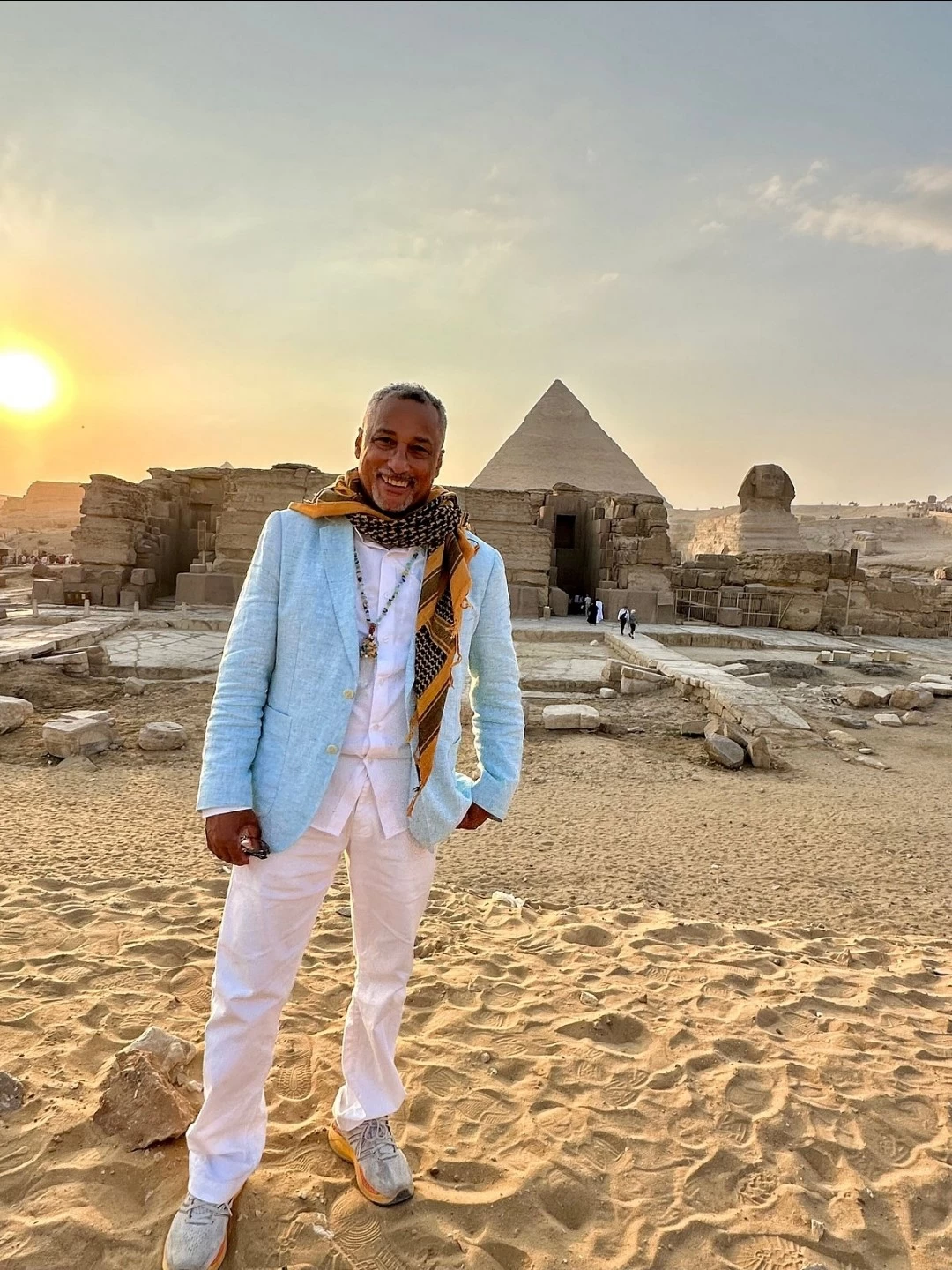
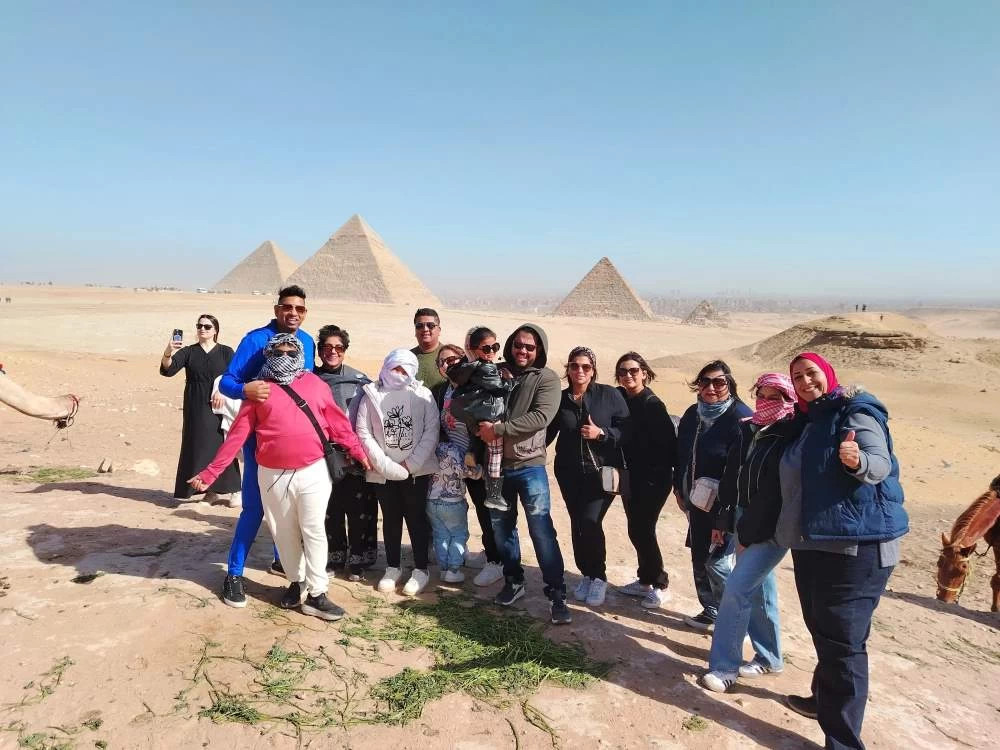

-webp.webp)
-webp.webp)
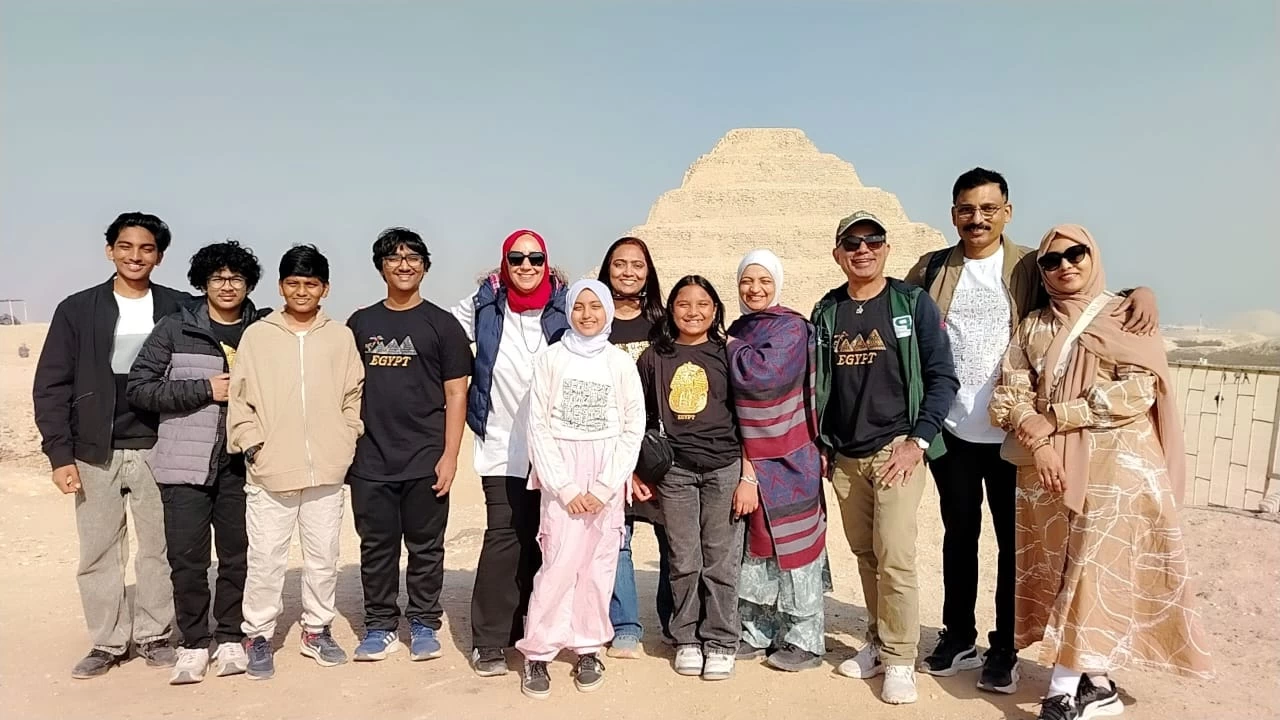
-webp.webp)
-webp.webp)
-webp.webp)
-webp.webp)
-webp.webp)
-webp.webp)
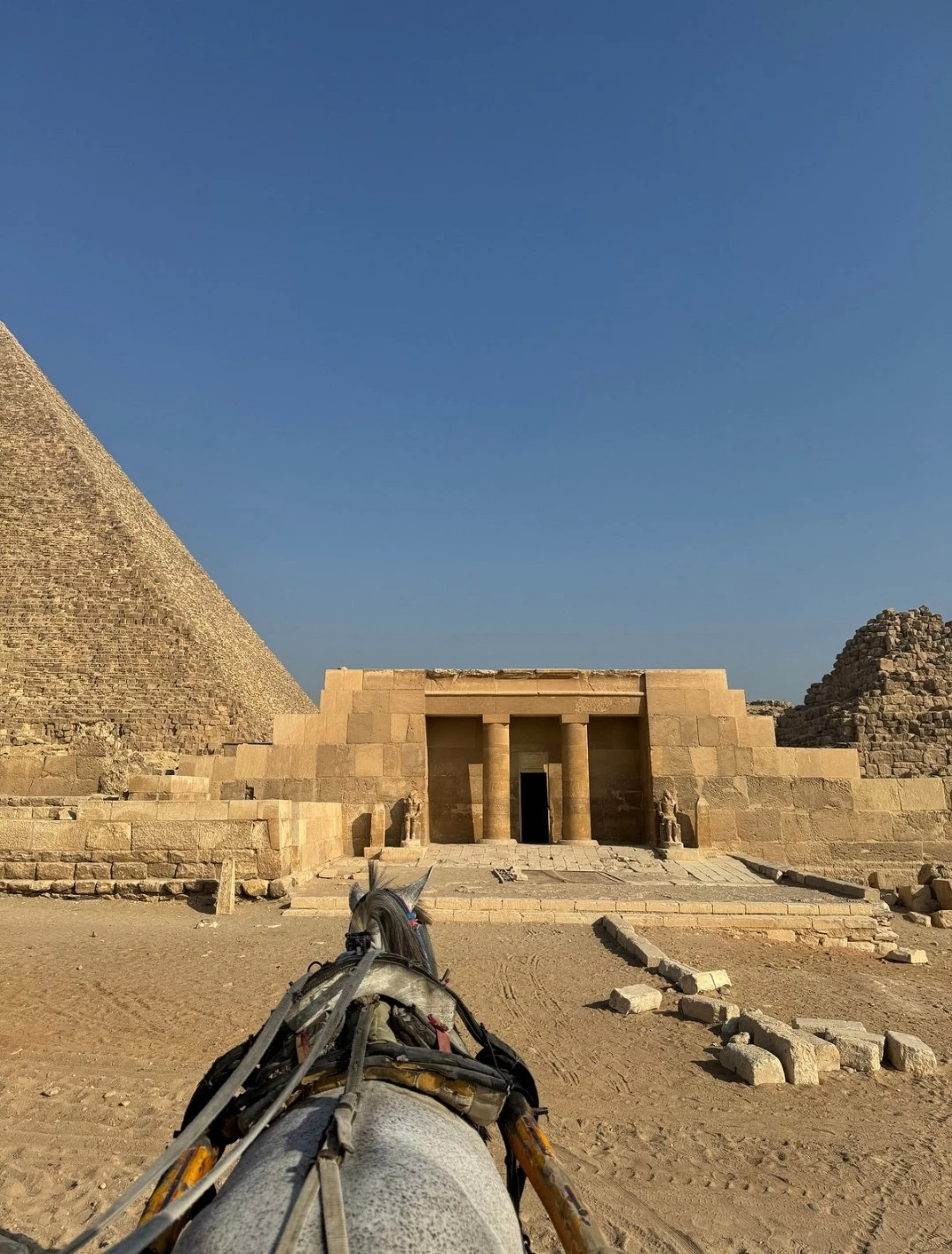
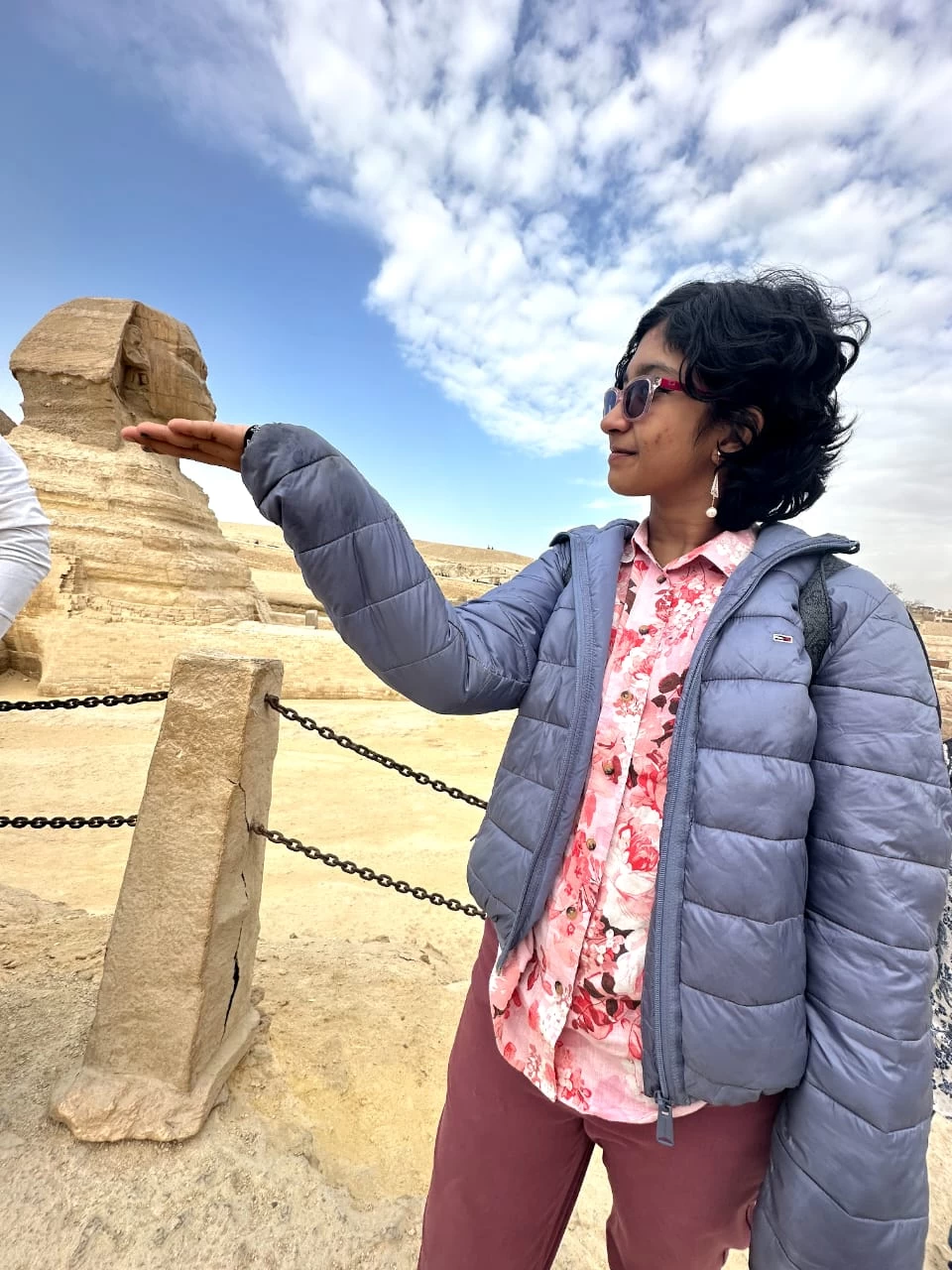
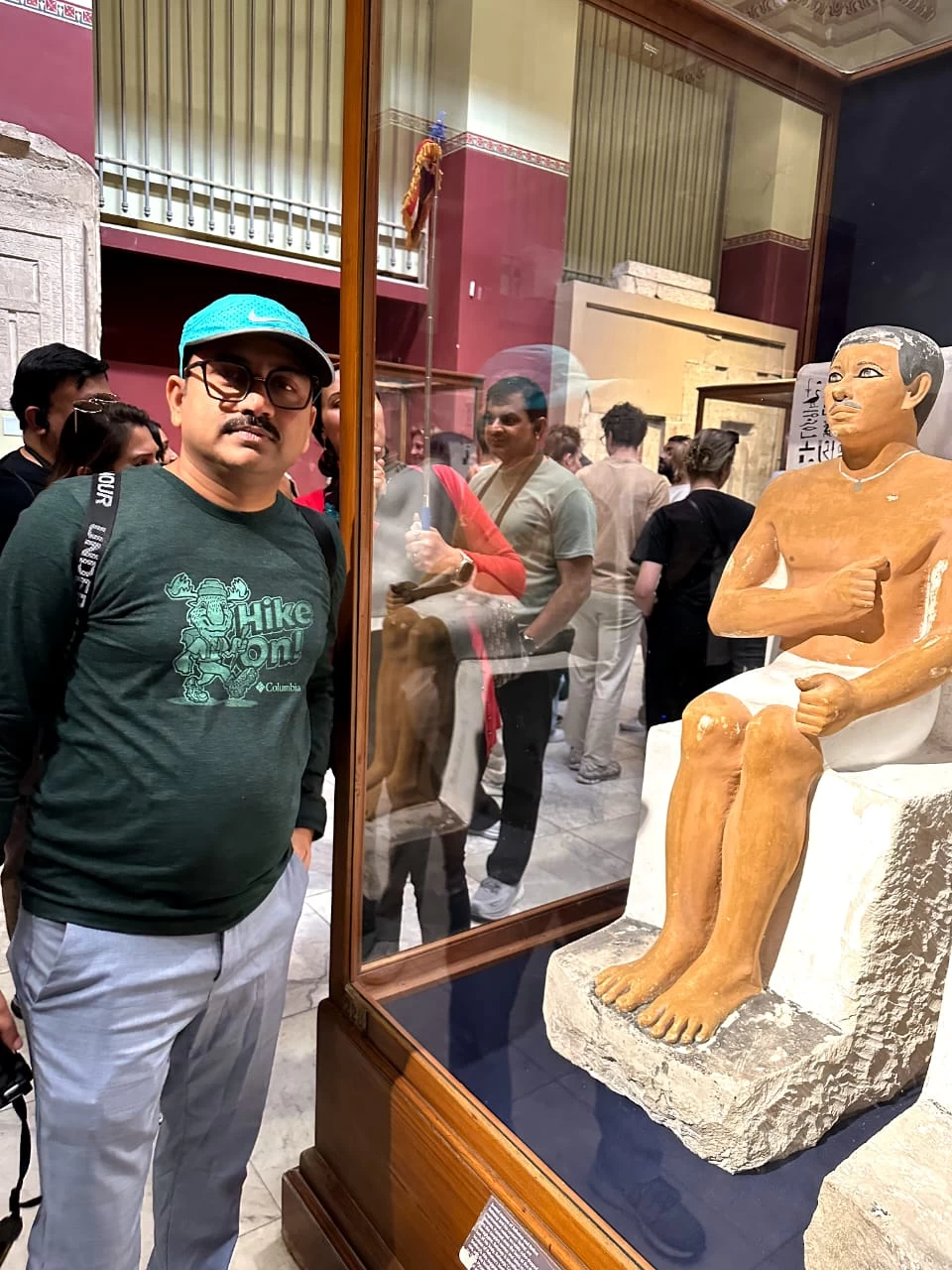
-webp.webp)
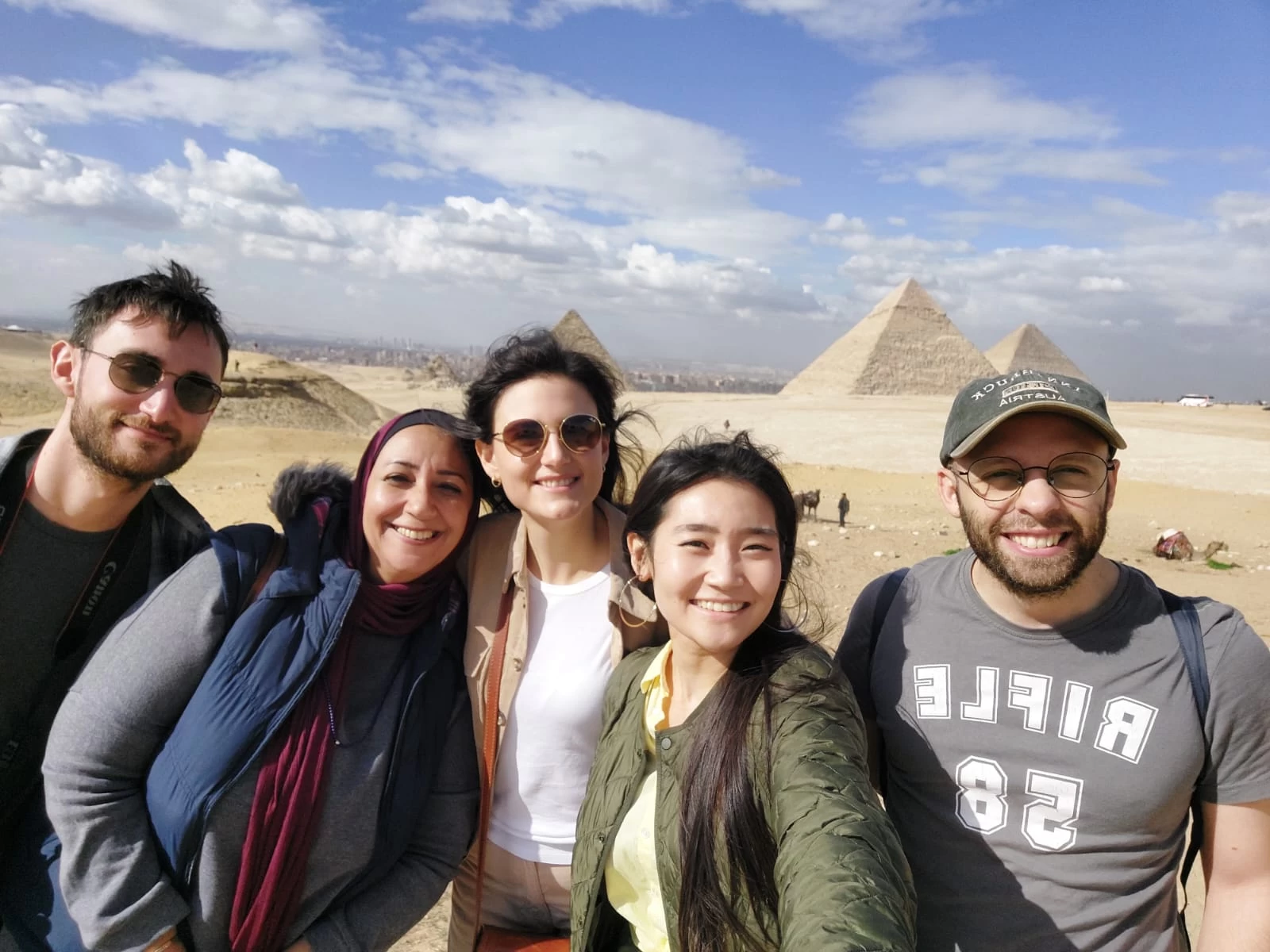
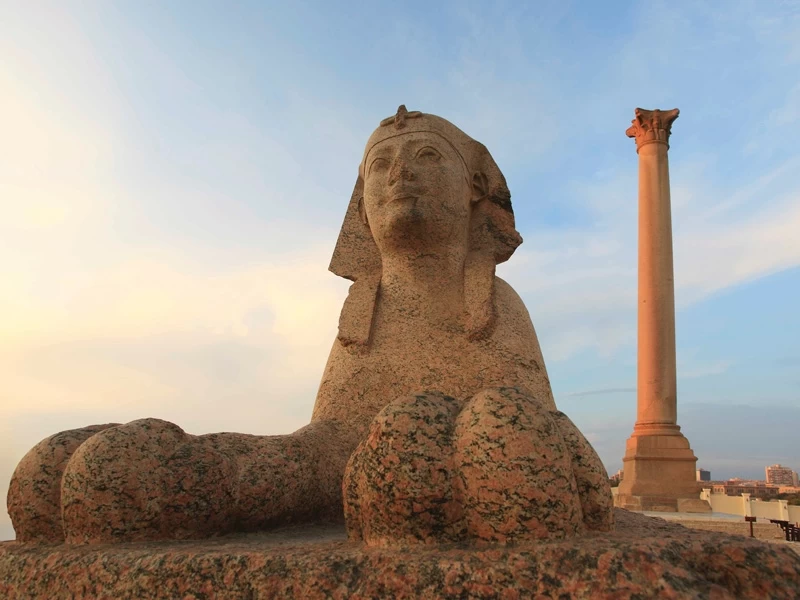
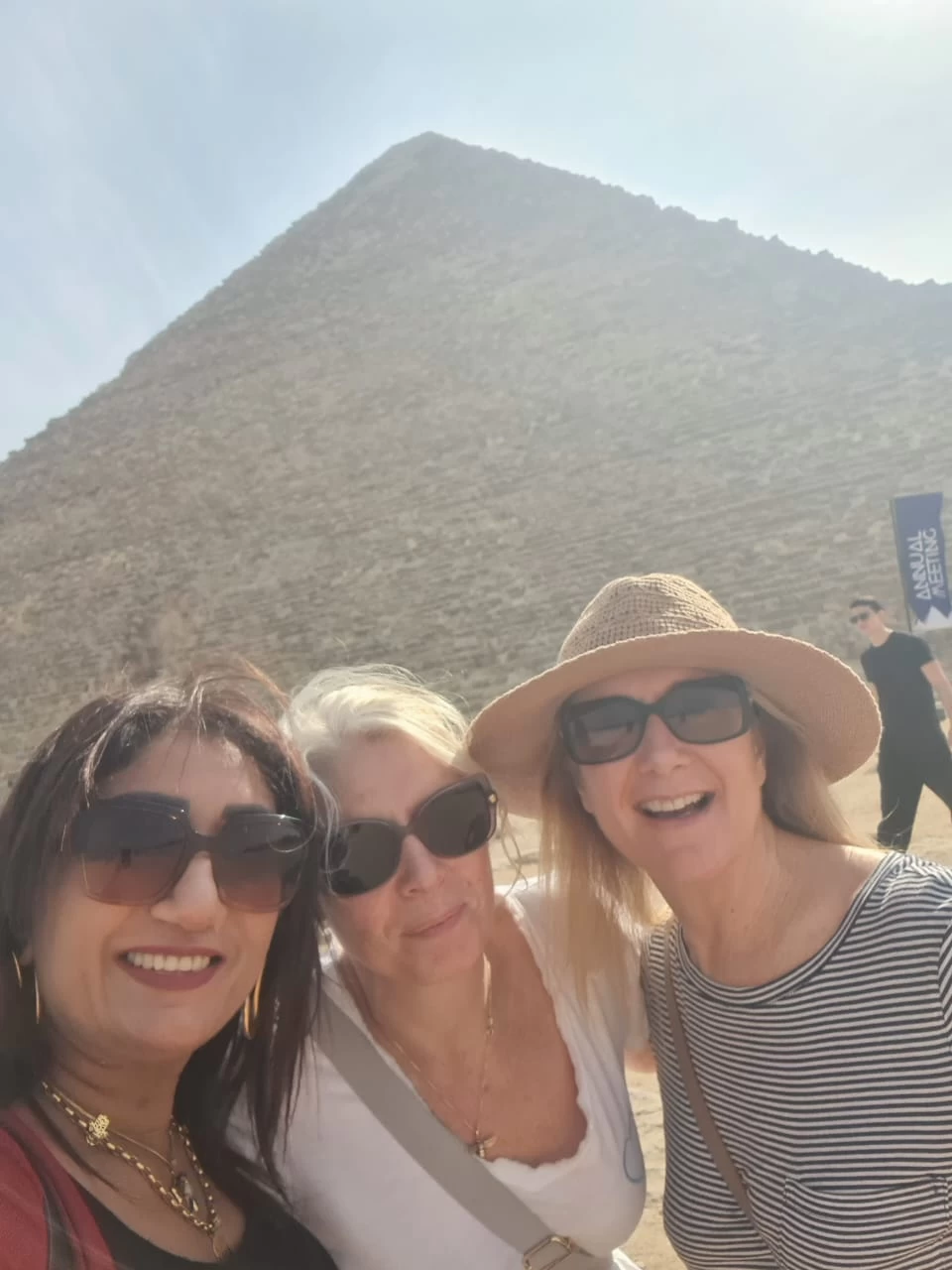


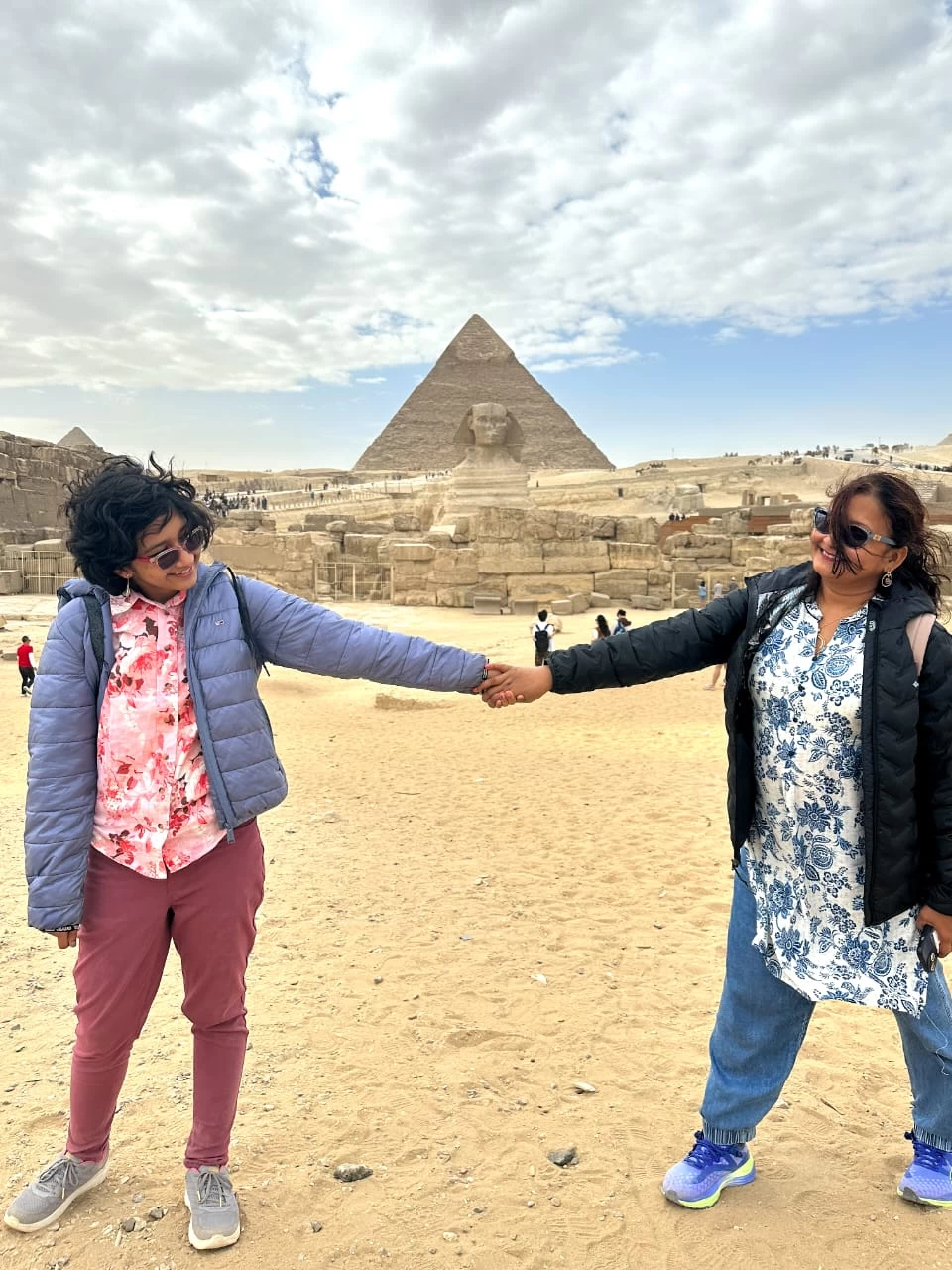
-webp.webp)
-webp.webp)







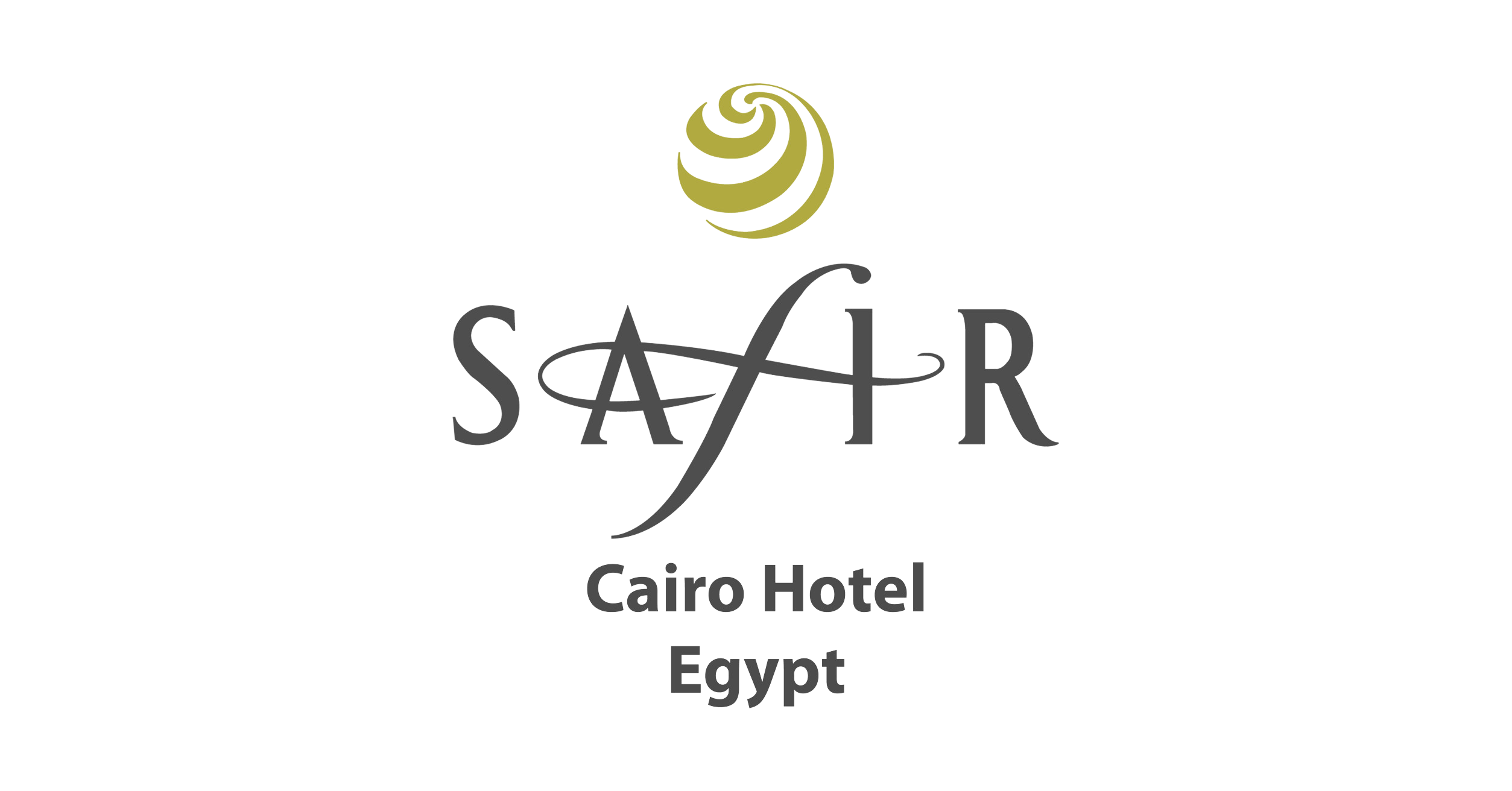


.png)

